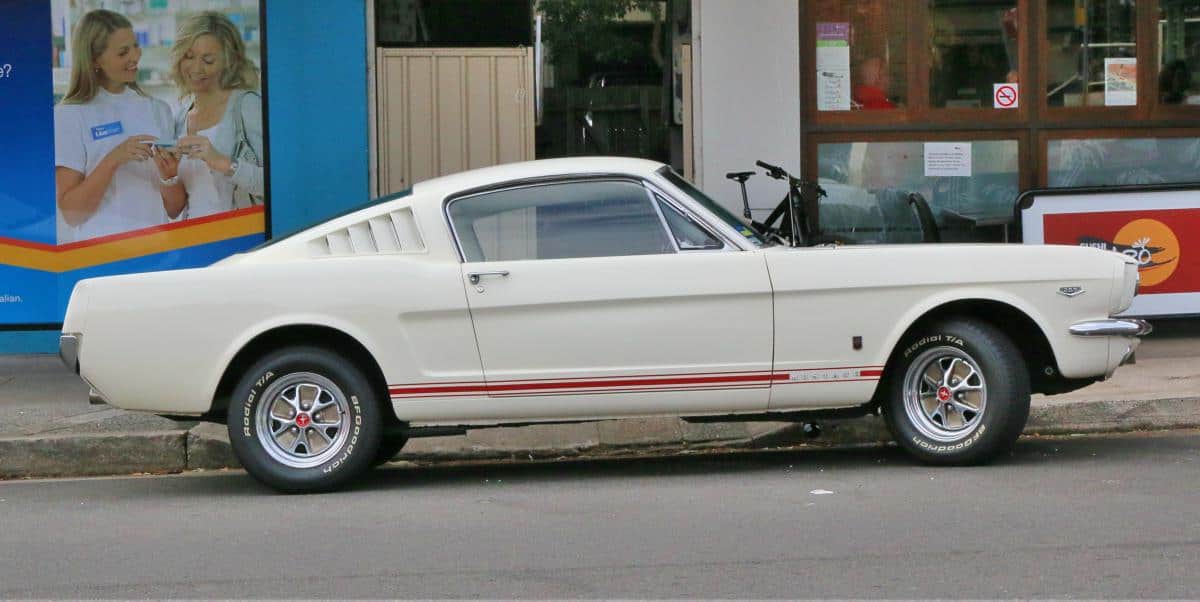
Here you will find a variety of cool facts about muscle cars. “Muscle car” is actually a term used to describe a wide variety of powerful, high-performance vehicles. While some people have definite opinions about what qualifies as a muscle car and what doesn’t, the term usually applies to two-door, rear-wheel-drive, small to midsize cars with large, powerful eight-valve (V8) engines. We know many people might consider their modified car a muscle car, but for the purpose of this list we are going with mostly American made and mostly (V8) power plants. In this list we have some of the most iconic muscle cars in history and some less known but still amazing classic muscle cars. Please enjoy this list we put together for you!
50. The Grill The Duke Boys Made Famous
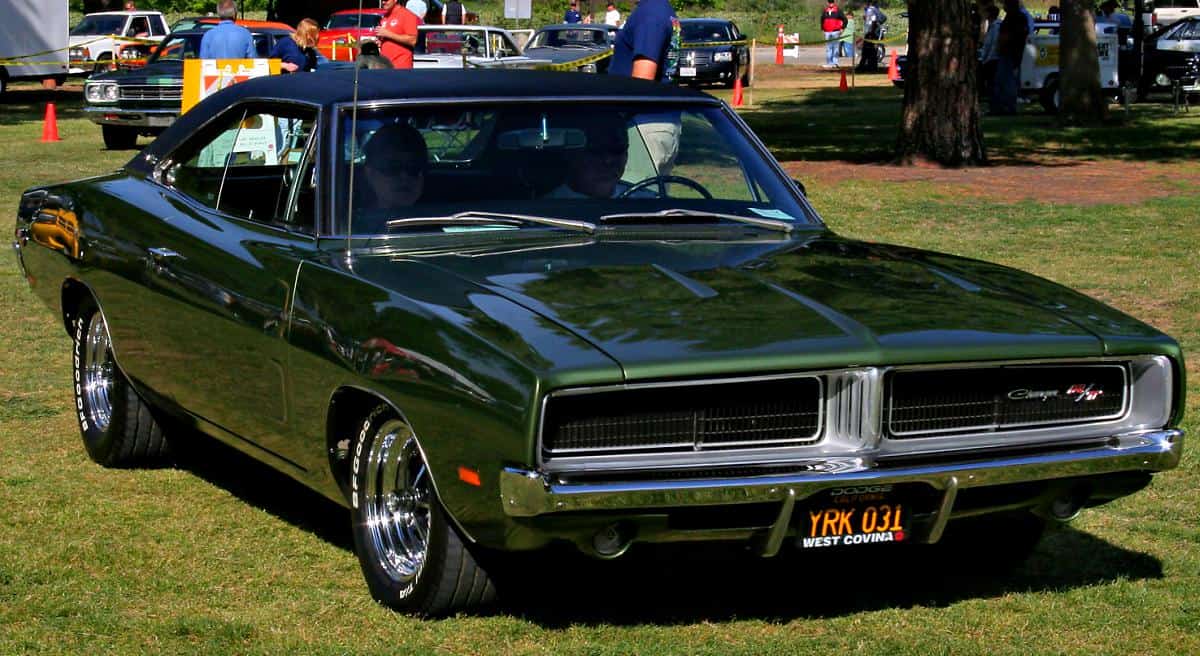
The Dodge Charger is a quintessential muscle car. Three years after the first charger was produced in 1966, a key visual change was made. The 1969 Dodge Charger was the first year the vertical split grill was added to the vehicle. The vertical split grill was a calling card for Chargers in the 60s and 70s. The 1969 Dodge Charger was made even more famous as General Lee in The Dukes of Hazzard.
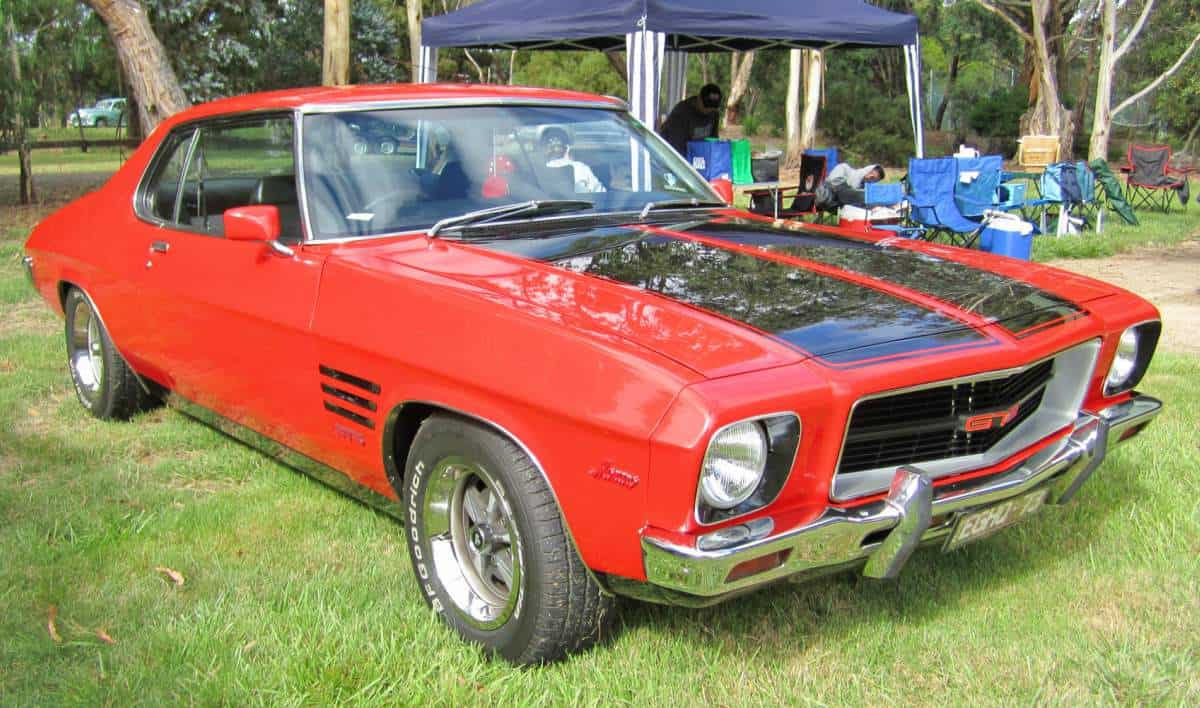
49. One of the Most Famous Muscle Cars is Actually a Pony Car

What’s the difference? In reality, not much. But if you want to get down to specifics, technically there are some differences between a muscle car and a pony car. The average passerby wouldn’t know that anything with a wheelbase length of less than 110 inches is considered a pony. It’s a smaller (not by much) uniformly designed vehicle with either a V6 or V8. Muscle cars were wider than that and required a V8. The Ford Mustang, was a pony. As was the Chevy Camaro and the Plymouth Barracuda.
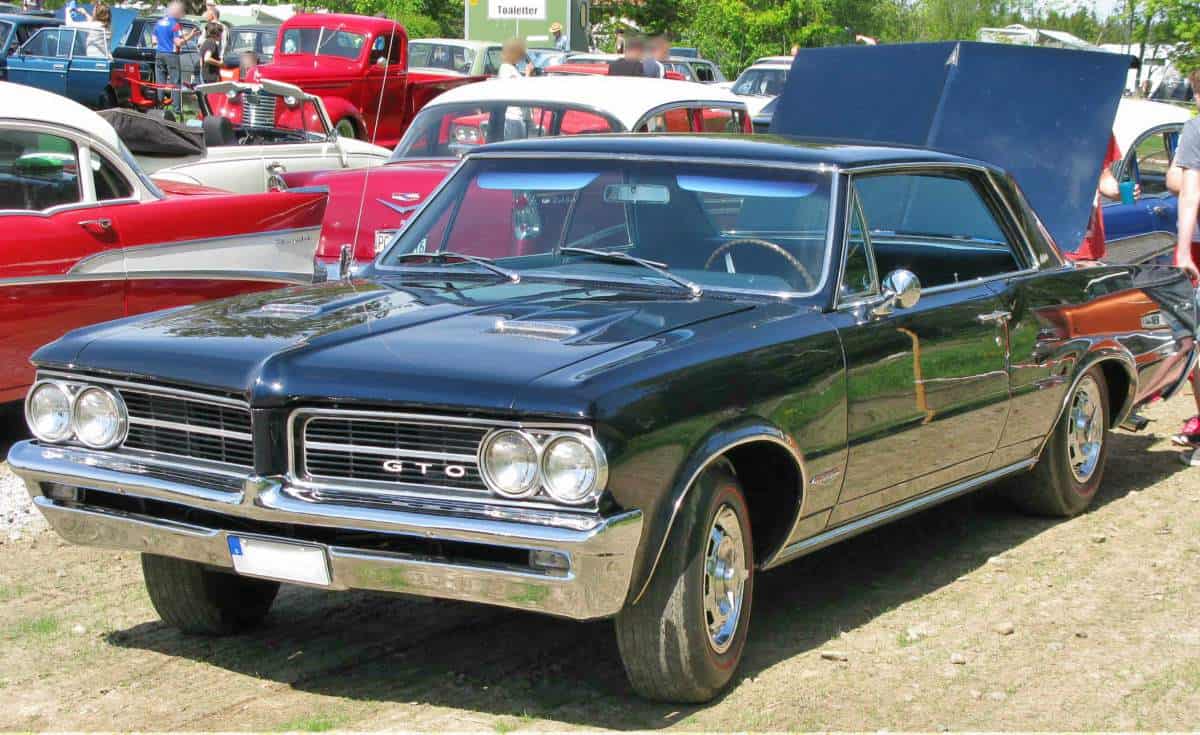
48. Australians Had Muscle, Too.

The muscle car boom wasn’t limited just to the United States. Australia had just as fervent of a muscle car culture as America did. Ford and Chevy produced several various types of muscle cars in cooperation with Australian manufacturers. The 1973 Ford Falcon XB GT was a massively popular creation in Australia. After production, it disappeared for about two decades, making it even more popular than before. The 1971 Holden Monaro 350 GTS Coupe (a GM product) is commonly referred to as the most stylish of all Australian muscle cars.
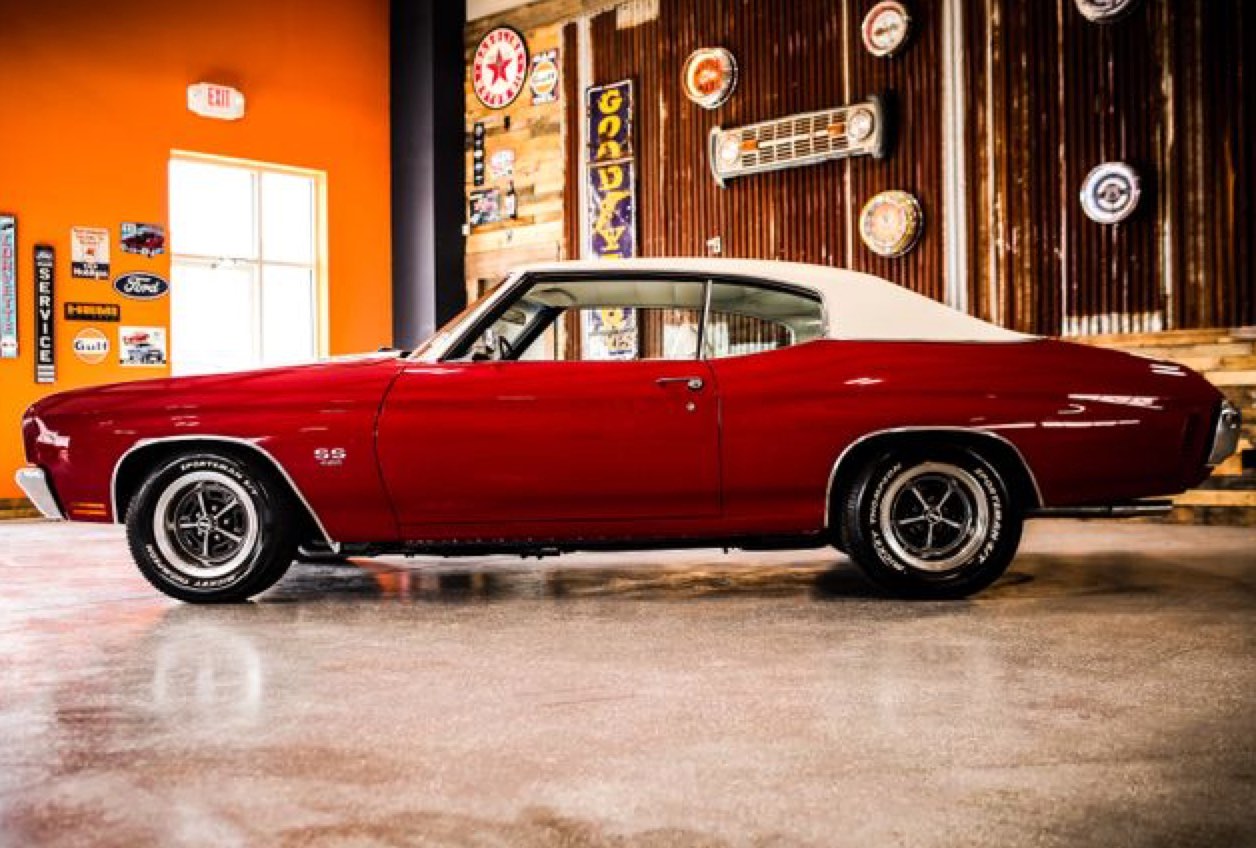
47. Gran Turismo Omologato or Grand Tempest Option

As with anything worth caring about, there’s some disagreement. The Ferrari 250 GTO was a rare and popular vehicle in Europe. Pontiac’s chief engineer, John Delorean, saw an opportunity to give his employer an edge. ‘GTO’ was not patented in the States, so Pontiac decided to borrow it. From 1961-1964, the Pontiac Tempest was their muscle car. The 1964 Pontiac LeMans GTO, with a 325 horsepower V8 engine, was the first muscle car on the US market with GTO in the name. Most people agree that it stands for ‘Gran Turismo Omologato’ – in reference to the Ferrari 250 GTO’s professional racing status. However, some folks still believe it stands for ‘Grand Tempest Option’.
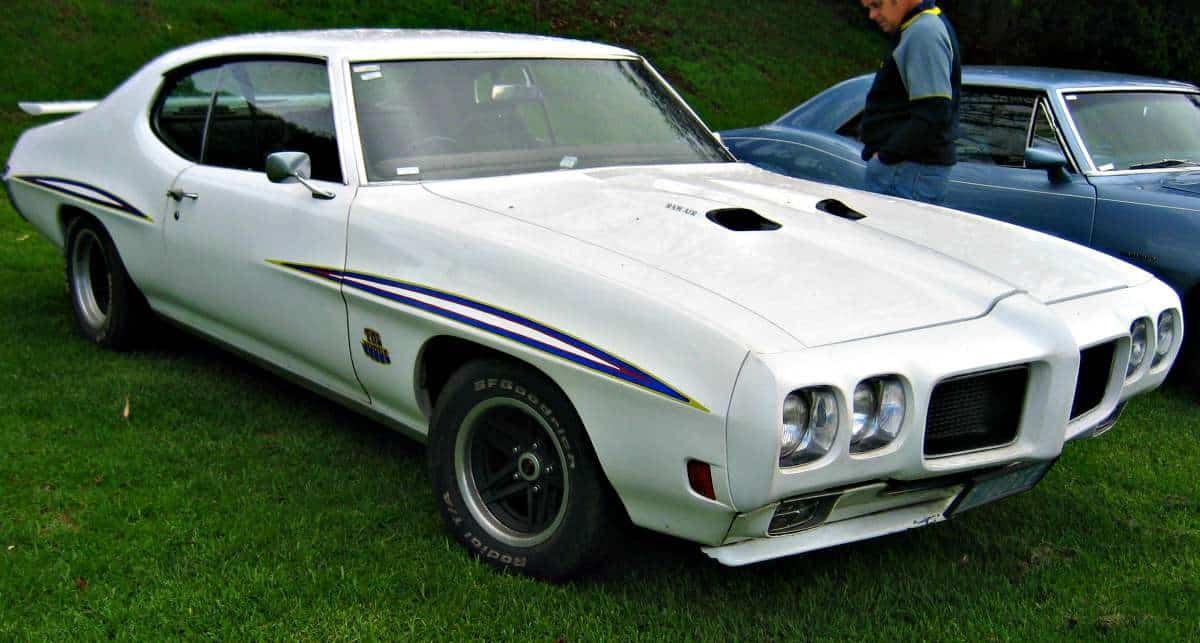
46. From the Silver Screen to Silver Medal

The television and movie actor James Garner had a noted affinity for everything speed. His hit movie Grand Prix won multiple Oscars, and on television, he appeared in a Pontiac Firebird regularly on The Rockford Files. Something lesser known was that Garner was a devoted racer. He once had a 1970 Oldsmobile 442 outfitted with a 4×4 chassis in order drive in off-road races. Inside of this classic muscle car, he finished second in class in the Mexican Nora 1000 (later the Baja 1000).
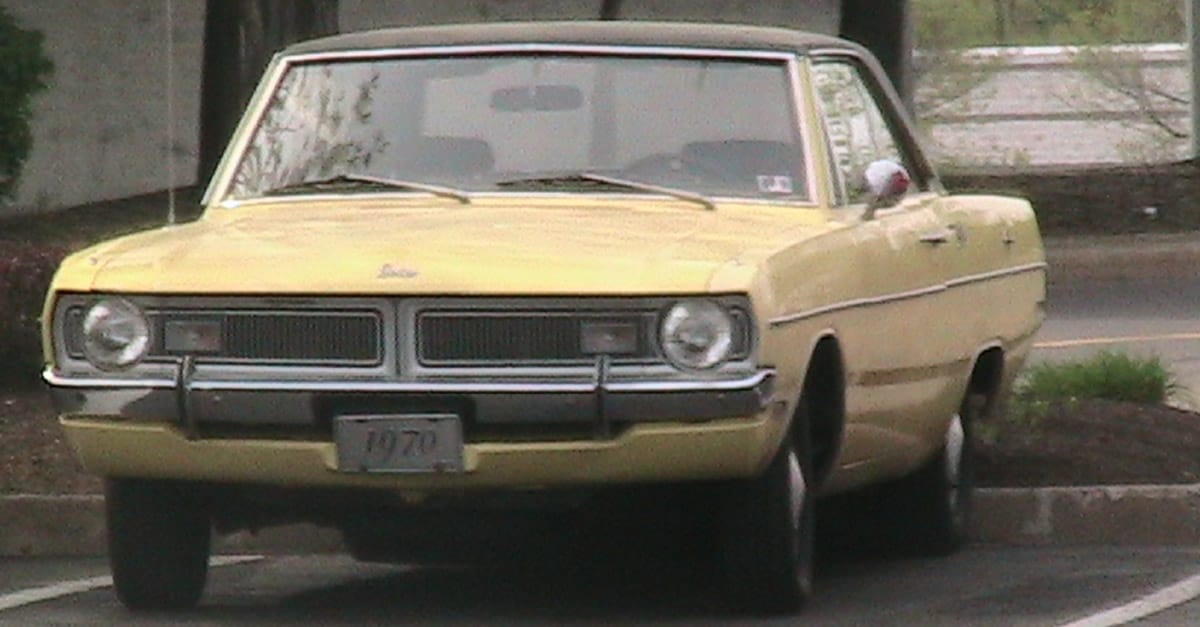
45. All Rise for ‘The Judge’

The first Pontiac GTO was built in 1963, labeled as a 1964 model. Six years later, the enormously popular muscle car was the benefactor of a special branding effort for the 1969 model. Very little, mechanically, changed from the 1968 Pontiac GTO. But the blacked out grill, spoiler, racing stripes, ‘The Judge’ decals all added to the fan fair over this enticing new model of the GTO. The Judge got its name from Sammy Davis Jr.’s “Here Comes the Judge” skit on Rowan and Martin’s Laugh-In television show.
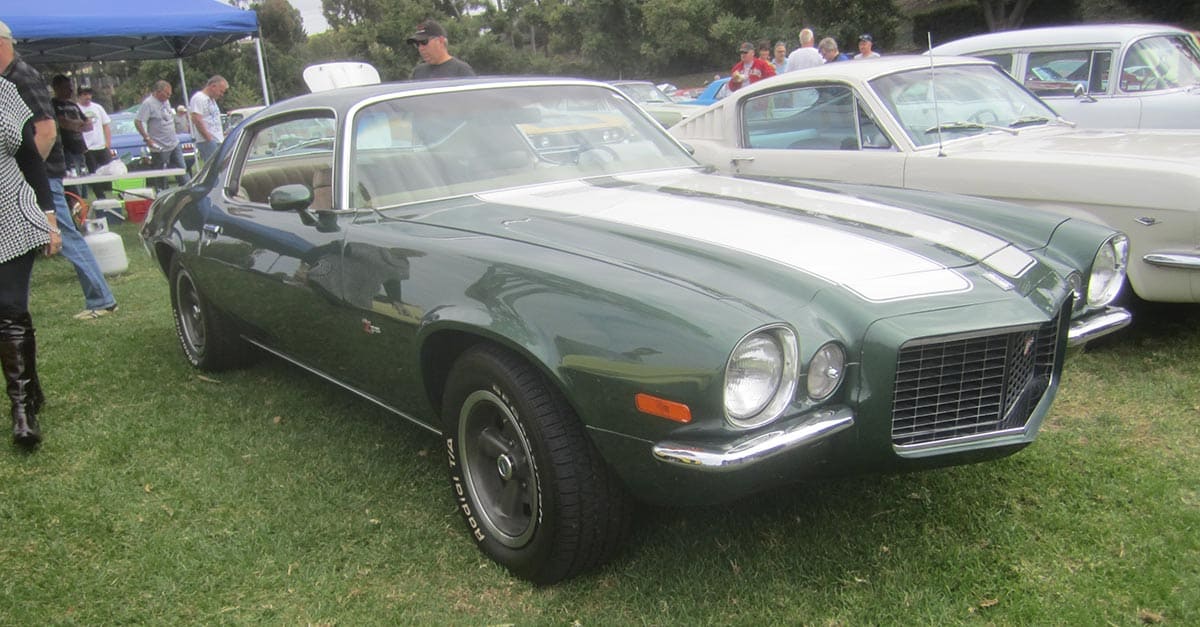
44. Dodge Dart 426 HEMI

In 1968, Dodge made 50 Dart 426 Hemi cars to satisfy the NHRA sanction rules. These cars were sent to the Hurst Corporation to have a 426 Hemi engine installed, feature a fiberglass hood, front fenders, no side mirrors, lightweight steel, and thinner glass in an effort to reduce weight. Dodge intended the car to be used only for racing and not on public roads.
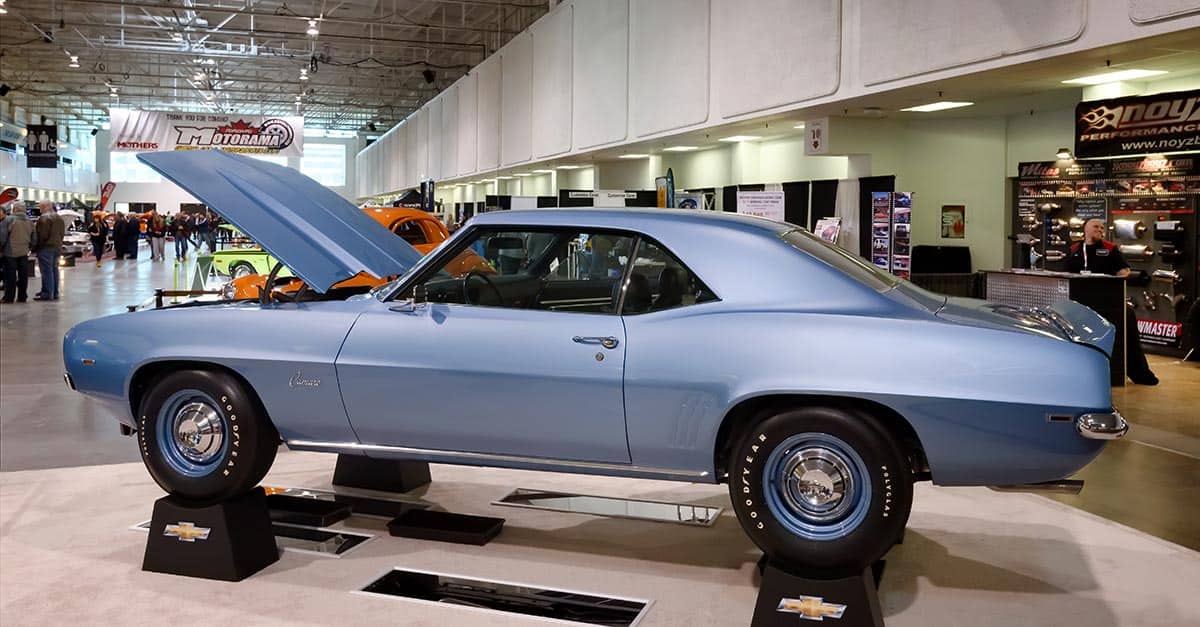
43. The Best Camaro Z/28

Other versions certainly had their strong points, but the 1970 Chevrolet Camaro Z28 was simply the best all-around Z28 ever built. The Z28 returned as a $573 package, the heart of which was a new engine. Trans Am racing now allowed destroking to achieve 305 cid, so the Z28 appropriated the Corvette’s 350-cid LT1 V-8 as its sole power-plant. It was rated at 370 bhp in the ‘Vette and 360 in the Z28.

42. COPO

Of course, there was another catch before these cars could hit the dragstrip. To be eligible to compete for an automaker, the brand needed to offer at least 50 of the cars to the public. Gibb ordered the requisite 50, but actually selling them was a tall order. With the options, they ticked in at about double the price of a normal Camaro. Gibb eventually sold 13, and the 37 remaining went to other dealers. Many of the models were retrofitted with options in order to sell. Other dealerships also ordered their own COPO models, leading to a total of 69 COPO Camaro models with the ZL1 engine in the end.
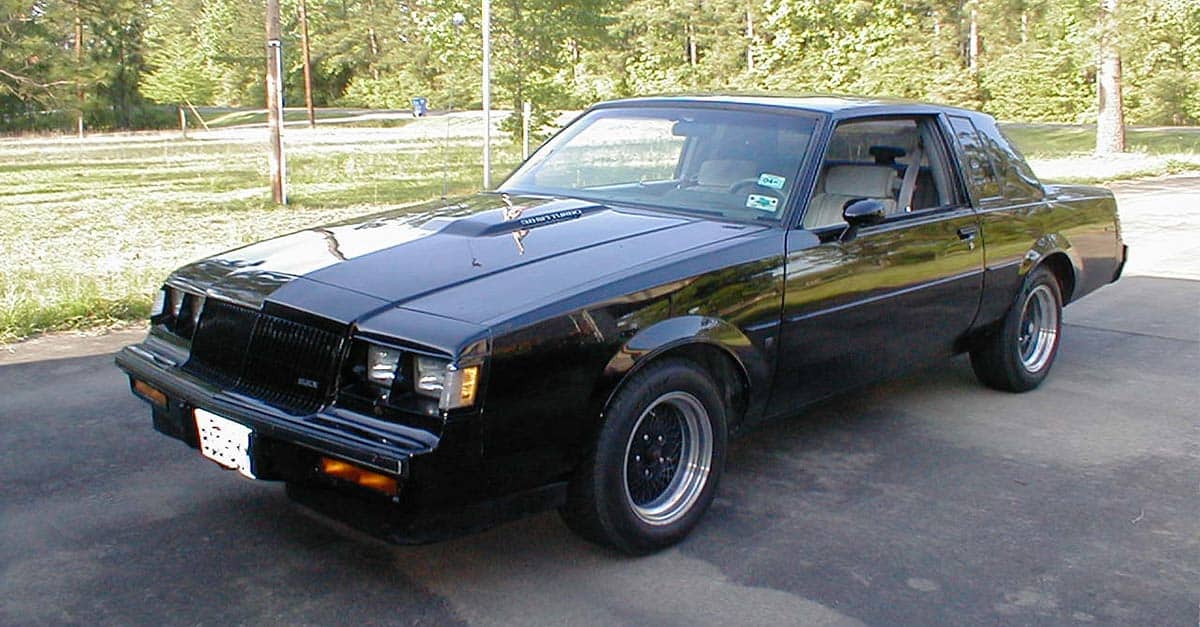
41. Australian Muscle Cars

Muscle cars have often been related to the American market owing to the hot rod culture that sprung up during the 1920s. Australia followed suit after automakers like Ford released the GT in the late 60s for the local market. The popularity of the touring car series also encouraged manufacturers to develop muscle cars that specifically targeted the Australian market. The fact the population is geographically isolated and relatively smaller has lent to the uniqueness of muscle car models over the next few decades.
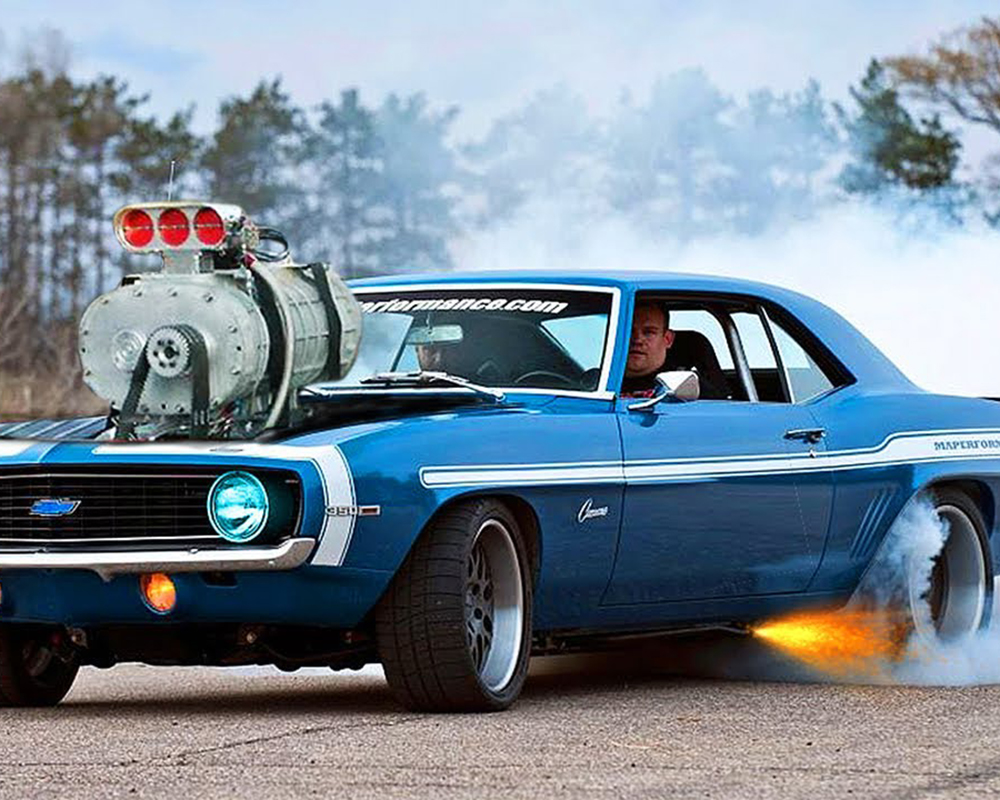
40. Buick GNX

To talk of the 1987 Buick GNX one has to first go back to 1982 with the launch of the Buick Regal Grand National. The Grand National also brought Buick the Manufacturer’s Trophy in the 1981 NASCAR Winston Cup Grand National Series. The GNX featured modifications of the turbo-charged and intercooled 3.8-liter V6 engine used in the Grand National, as well as special wheels and tires, suspension and exhaust system modifications, analog instrument cluster and functional body modifications.
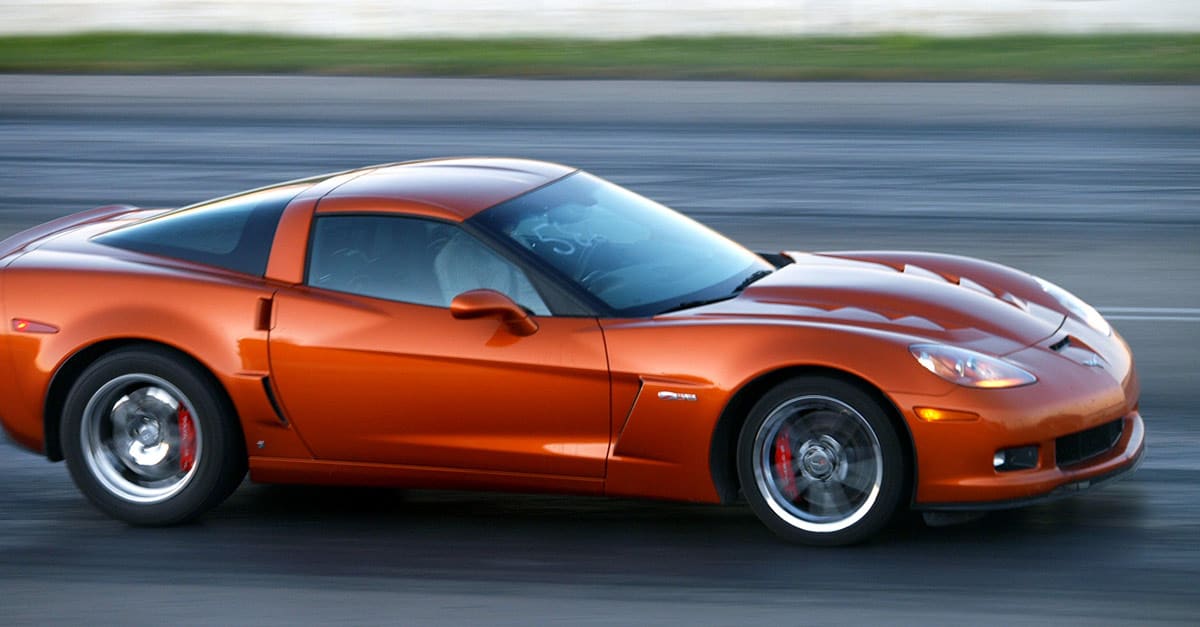
39. Don Yenko

When Chevrolet refused to build the big-block 427 Camaro that people wanted, Don Yenko stepped up to answer the call. His speed shop in Canonsburg, Pennsylvania, turned from race car support to production line in 1967 as new Camaros received heart transplants by the dozens. It wasn’t just any big-block engine that Yenko was bolting in though, it was 427-cubic-inch V-8 monster. The 375-hp, 396-cu-in big-block was the hottest Camaro offered from the factory, meaning these Yenko-prepped cars quickly became kings of the horsepower hill.
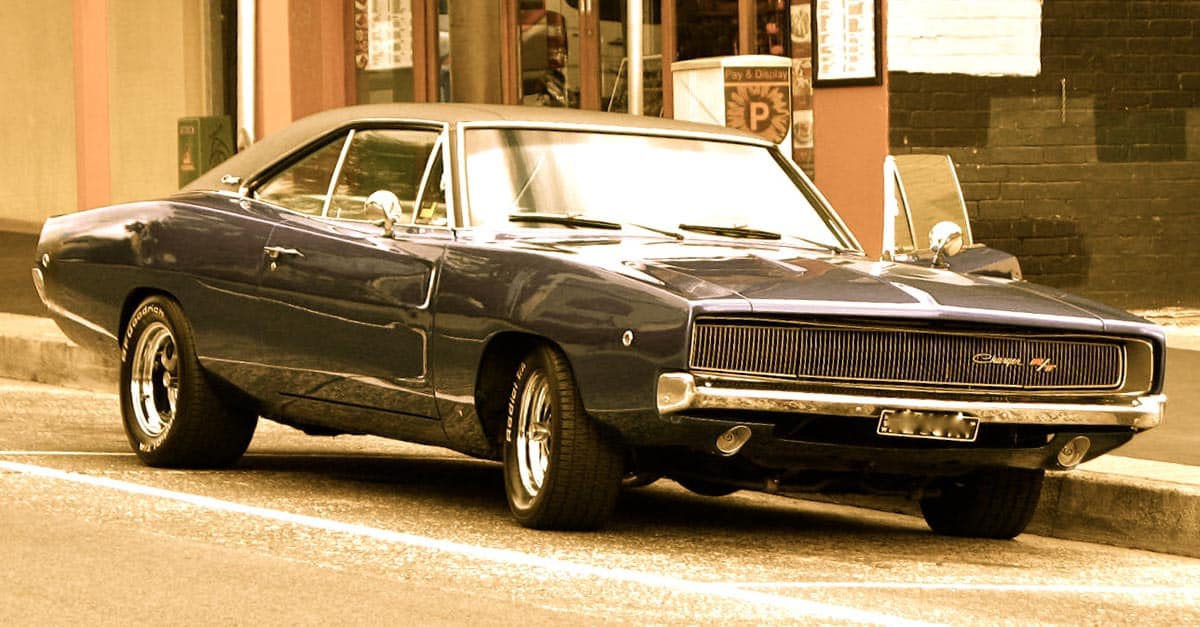
38. Muscle or Sports Car

The Chevrolet Corvette is, by definition, not a Muscle Car. It gained popularity as a unique American entry into a sports car market dominated by European motor vehicles. Although the Chevrolet Corvette is not a Muscle car, it’s famed for using Muscle car powertrains that enabled it to represent American performances in motorsports for about fifty years. That informs you why debate constantly rages when Muscle car enthusiasts give opinions on whether the Chevrolet Corvette qualifies as a Muscle car or not. In short, a Chevy Corvette is not a muscle car because it does not have the characteristics of a true muscle car, a Corvette is more of a Sports car than a muscle car.
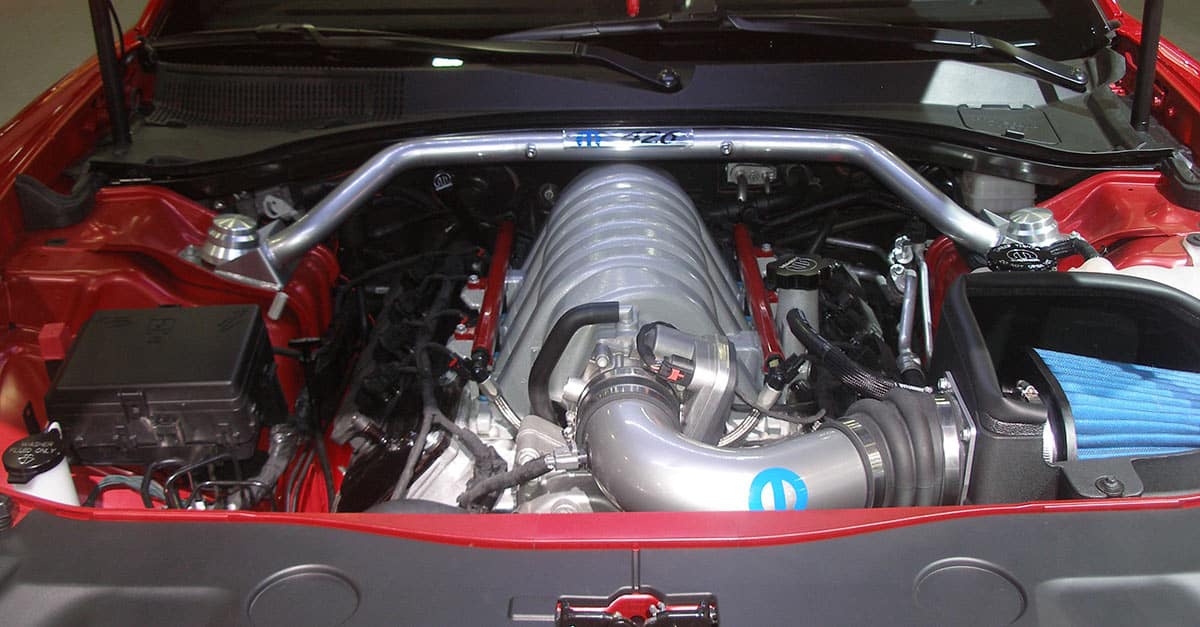
37. Charger Headlights

The sleek, Coke-bottle styling of the 1968-1970 Dodge Charger doesn’t need a flashy grille to distract from its elegance. Its slim, full-width grille disguised four headlights, just like the Cougar, and the grille panels opened in a similar fashion. The previous generation Charger also high headlights behind its grille, but it’s this generation that really nailed the muscle car look.
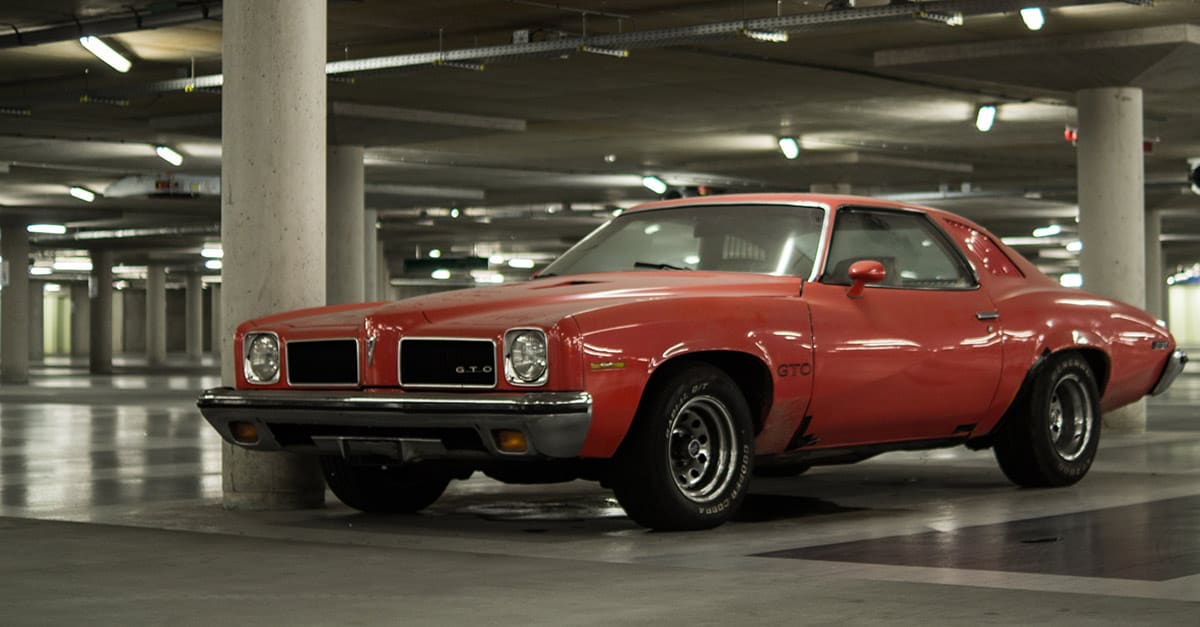
36. Hellephant 426 HEMI

Chryslers 426 HEMI engine was nicknamed the “Hellephant” for its huge size. The “Hellephant” was debuted at 2019’s SEMA show in Lass Vegas boasting an impressive 1,000 hp and a 426 cubic inch Hemi crate engine. The order books for this engine opened on 04/26 (Hemi Day) and was sold out within two days.
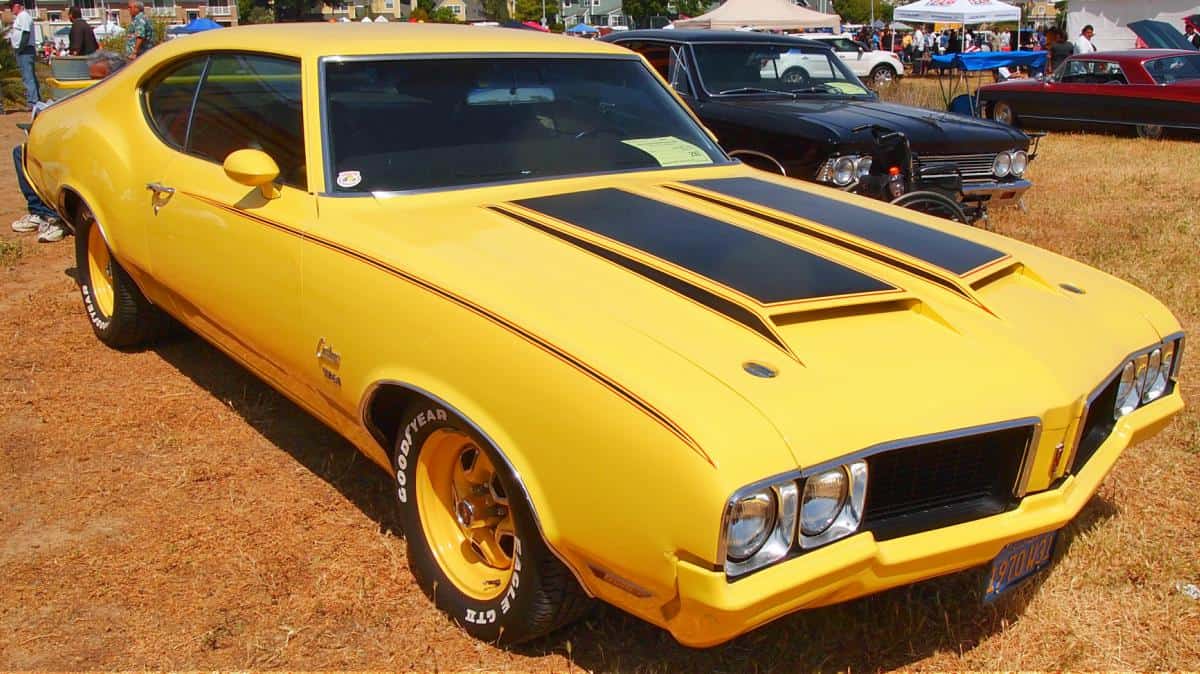
35. Paul Revere and the Raiders

Pontiac decided to combine the success of the band with the rugged outdoors of a Western desert to promote its 1969 Pontiac GTO known as “The Judge.” This video is a classic 1969 Pontiac GTO “The Judge” television commercial in which Paul Revere and The Raiders, dressed up in attire similar to that worn by English judges, sing about the arrival of “The Judge” and its features as the car speeds across the desert toward the camera. In some ways the video is a hybrid between a commercial and music video.
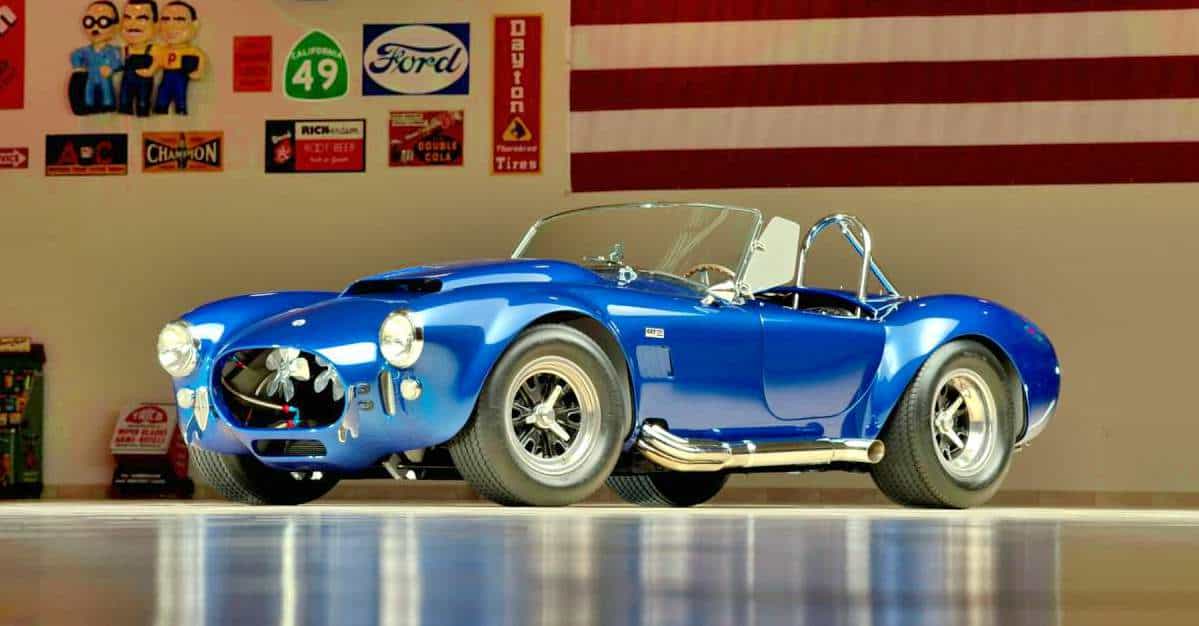
34. It’s Sebring Yellow, or Nothing At All

By the early 1970s, muscle cars reached a peak in popularity. Because of the craze these road warriors caused, insurance companies jacked up their premiums on anything fitting the requirements of a ‘muscle car’. In response, several companies produced smaller, different versions that were still seen as muscle cars. One of these ‘junior muscle cars’ was the 1970 Oldsmobile Rally 350. The Rally 350 came in one color and one color only: Sebring Yellow. It was as bright as you could want and they didn’t stop with the body. The wheels and bumpers received the Sebring Yellow treatment as well. It caught your attention, that’s for sure.
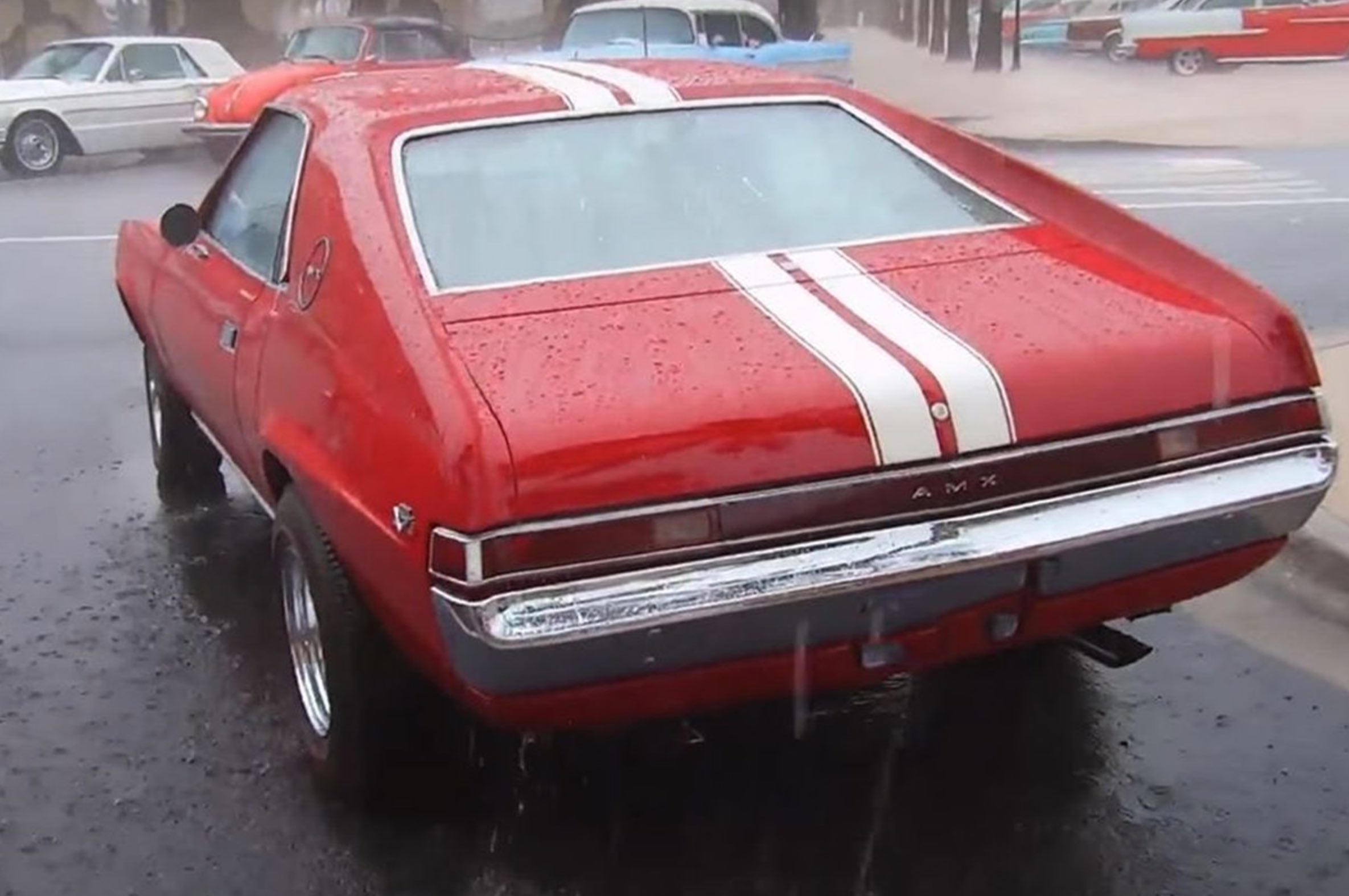
33. Two Of A Kind

Carroll Shelby, legendary racer and performance-car builder, has built some of the most famed sports and muscle cars in history. The name ‘Shelby’ is revered in the racing community. Two specific pieces of his work are especially noteworthy. The 1966 Shelby Cobra 427 Super Snake was an extremely limited edition of his most expensive muscle car. Two were built. One was for Shelby. The other was given to comedian Bill Cosby.
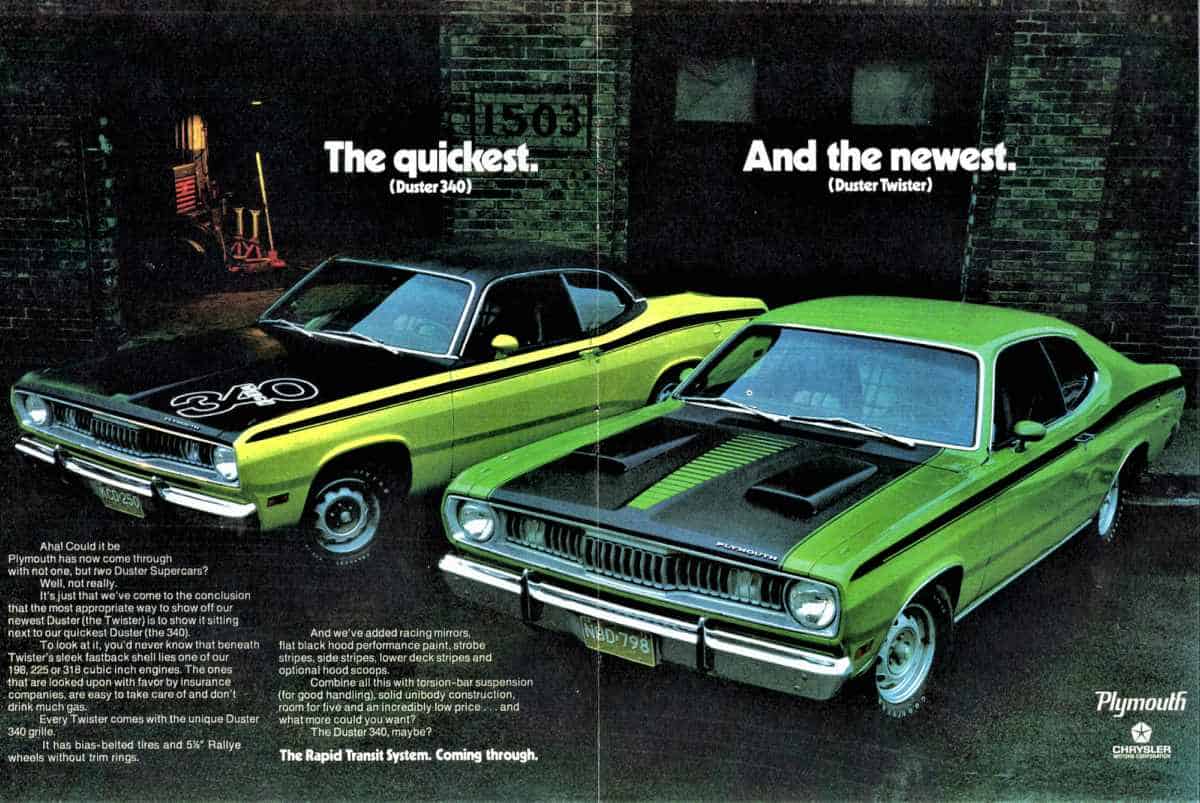
32. AMC Once Offered A ‘Big Bad’ Option

In 1969 and 1970, any consumer could up the ante and get him or herself a ‘Big Bad’ AMX or Javelin muscle car. What did the ‘Big Bad’ package include? Not much, actually. A crazy coat of paint was about all you got. Big Bad Orange, Big Bad Green and Big Bad Blue were the paint options with the ‘Big Bad’ mod. Additionally, double hood scoops, special chrome bumpers and rear roof spoilers were a part of the package. But performance-wise, it was the exact same car as the standard issue AMX or Javelin.
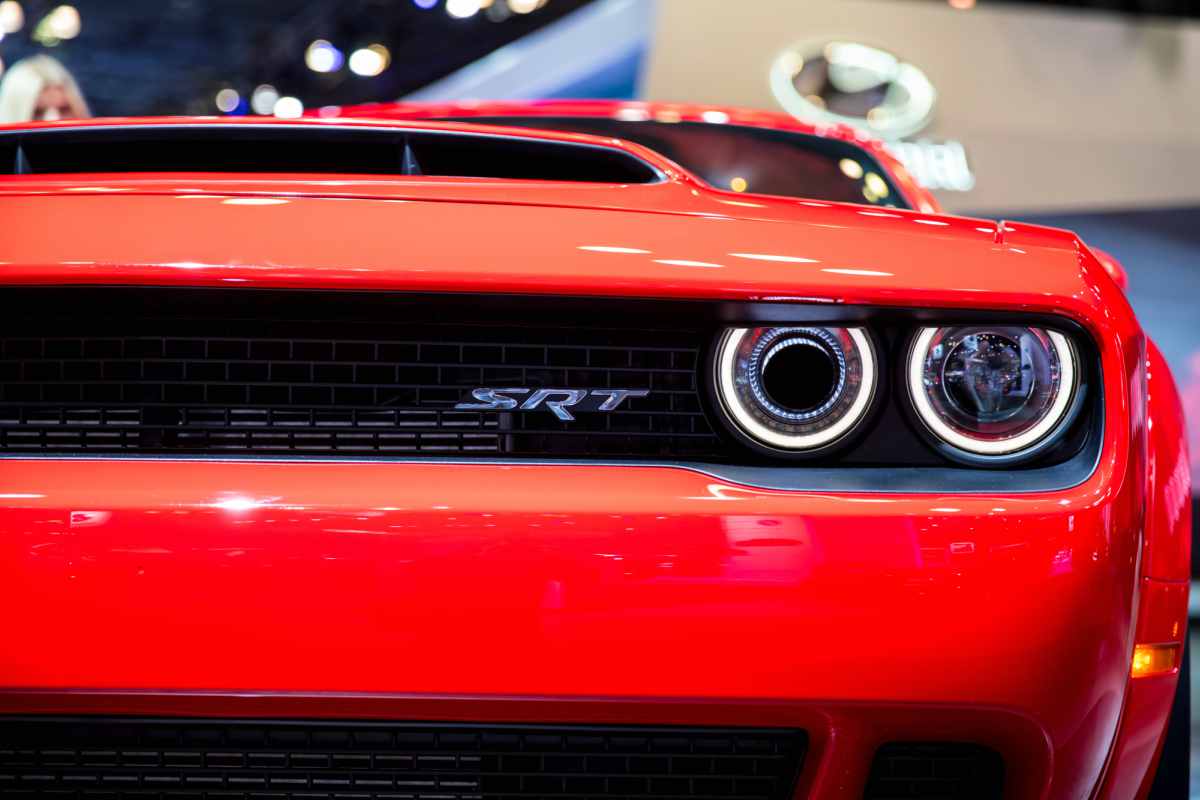
31. Scat Pack and the Rapid Transit System

In 1968, Dodge muscle cars had plenty of credibility and performance but not a lot of customers. The Charger and Coronet models were revamped that year and the company knew it needed to market them. Thus, the ‘Scat Pack’ was born. Plymouth saw the effect that grouping the muscle cars together had for Chevy, and wanted in on the action. The Plymouth Rapid Transit System was created in 1970 and both the Scat Pack and the Rapid Transit System flourished thanks to these ad campaigns.
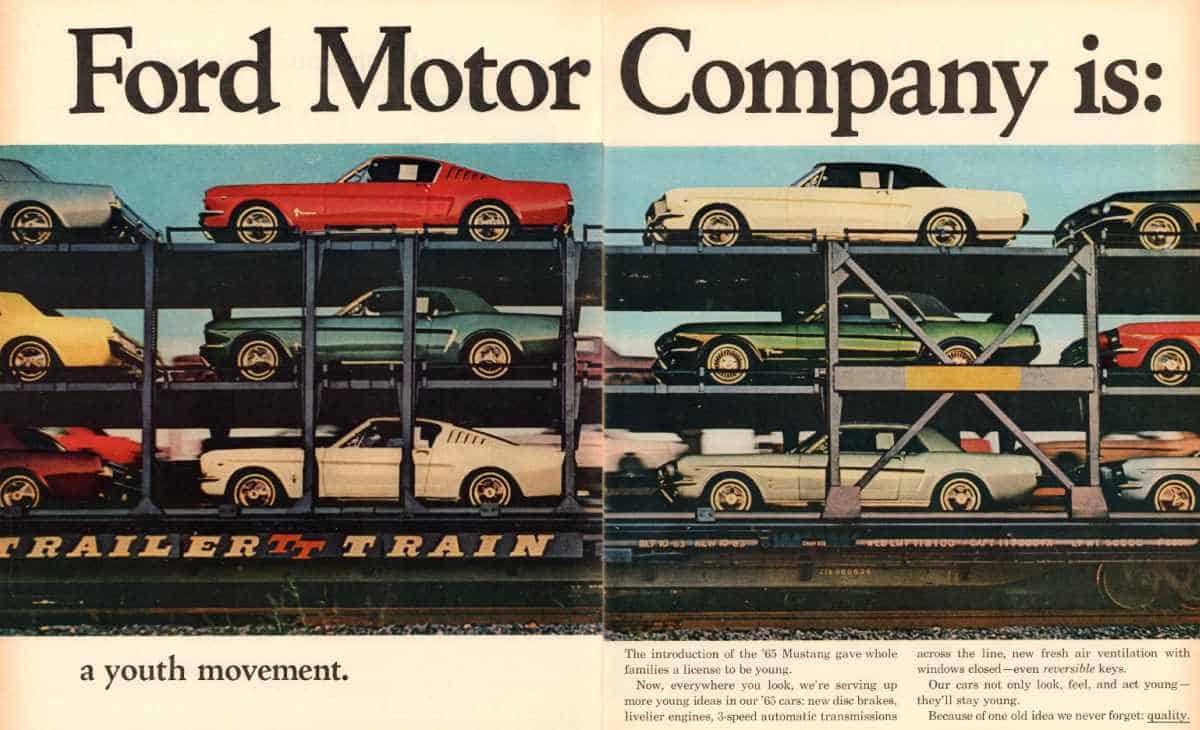
30. Modern Day Muscle

Muscle cars’ glory days have come and gone. That is not up for debate. But that doesn’t mean there aren’t incredible muscle cars still being made. The Dodge Challenger SRT Demon is the perfect example of modern muscle. The Demon is the fastest production car available in the world. It’s Supercharged 6.2 HEMI SRT Demon V8 engine was designed specifically for the quarter-mile. Of today’s muscle cars, it’s the strongest.
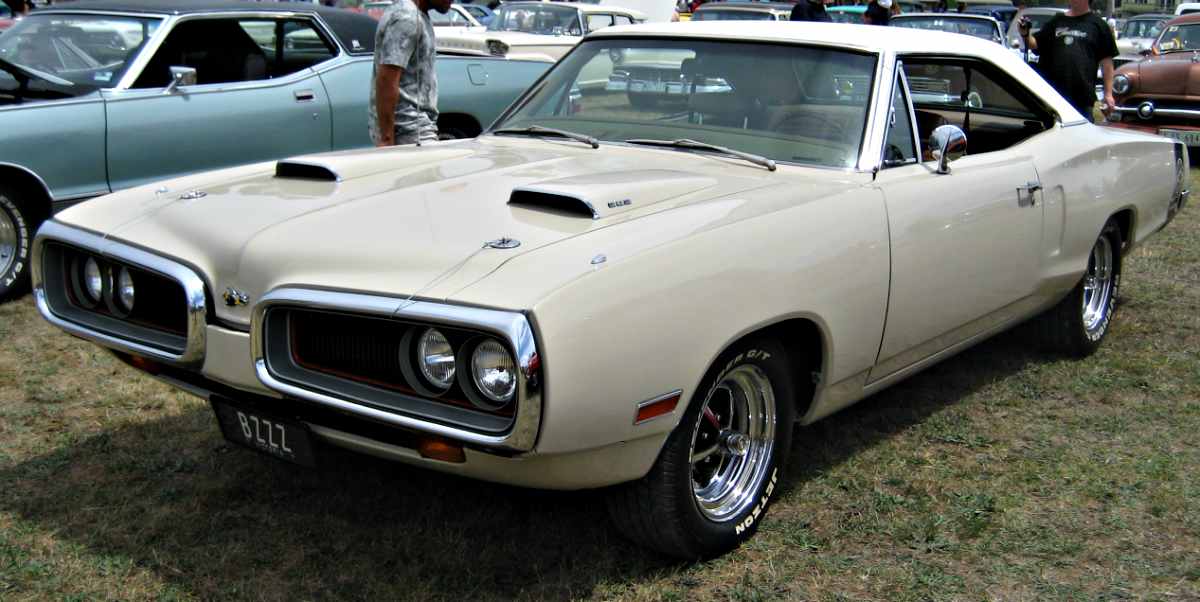
29. More Than Five Decades Of Service

In 1964, the world caught glimpse of the first Ford Mustang and it hasn’t gone anywhere since. Technically a pony car, not a muscle car, the Ford Mustang is currently in its sixth generation of production. It is the longest continually operating pony or muscle car. The first Mustangs were produced in Dearborn, Michigan on March 9, 1964 and was introduced to the world at New York’s World Fair on April 17, 1964.
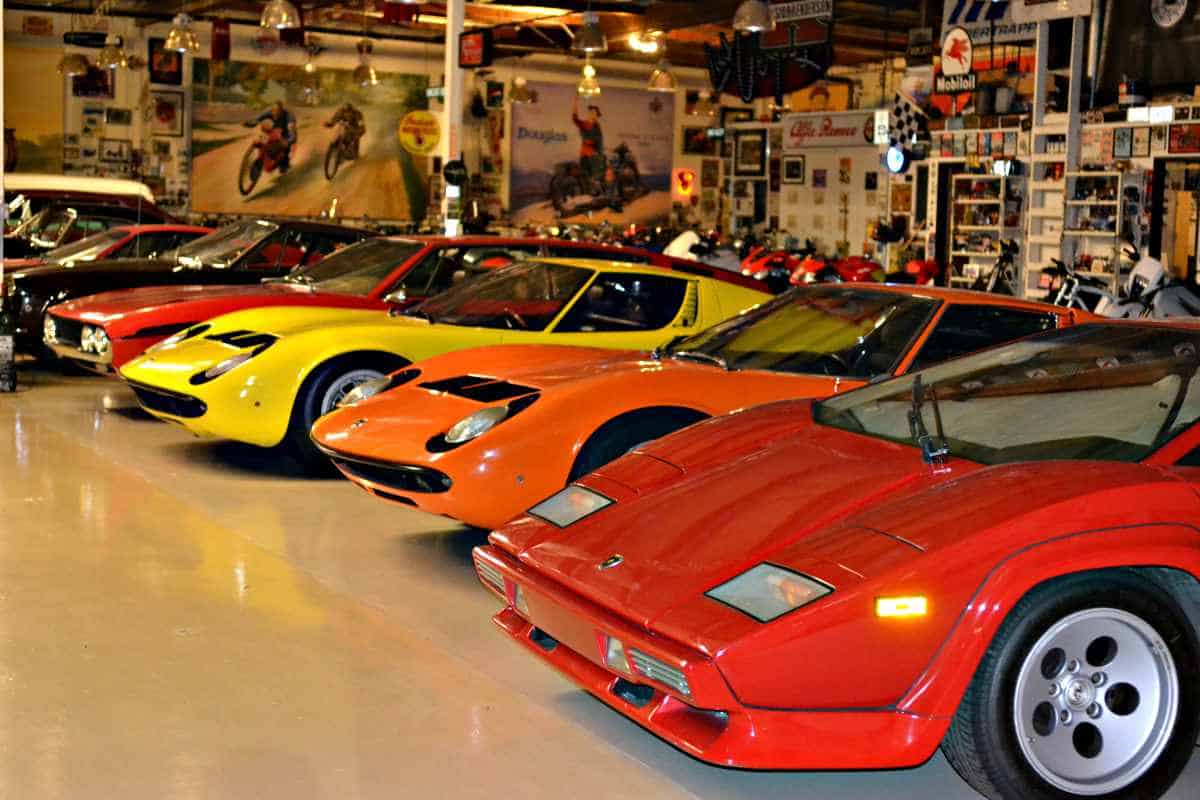
28. Junkyard Find

Perhaps one of the rarest cars in the world was found abandoned in a Canadian junkyard. The 1970 Dodge Coronet R/T 426 Hemi Convertible is possibly the most sought-after muscle car in the industry. Only two were ever built. The man who retrieved the car from the graveyard was Gerry Lefebvre and he restored it almost back to full-health. This wasn’t the first time Dodge kept their muscle cars close to the chest. Only two 1967 Dodge Coronet R/T 426 Hemi Convertibles were produced as well. (Disclaimer: the 1970 Coronet pictured above is not one of the two R/T 426 Hemi Convertible models.)
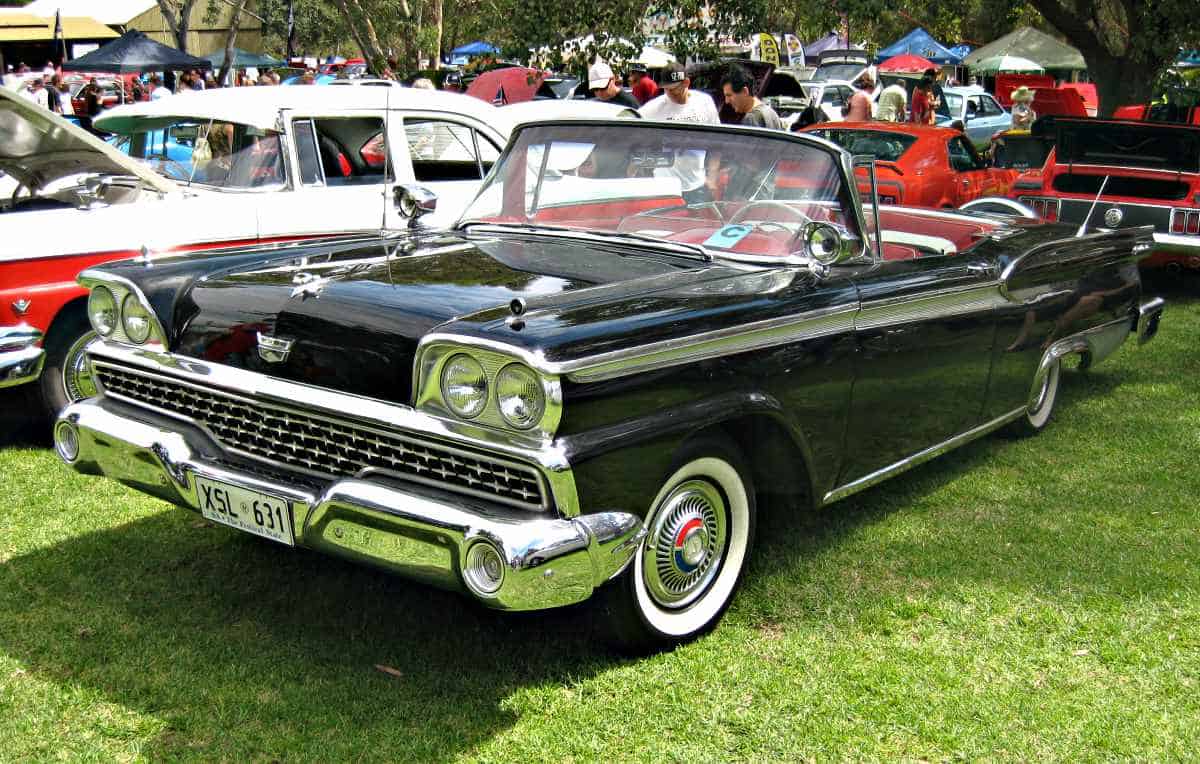
27. Jay Leno’s Collection

The famous tv-host’s garage, if you can call it that (more like a warehouse), is home to some of the most legendary muscle cars on the planet. Leno’s long-standing love of classic vehicles is well documented, and he even has his own show dedicated to them now. Included in his collection are: 1966 Dodge Coronet, 1970 Dodge Challenger Hemi, a brand new Dodge Charger Hellcat, Ford Galaxie 500 and an Oldsmobile Toronado. And that’s just to name a few.
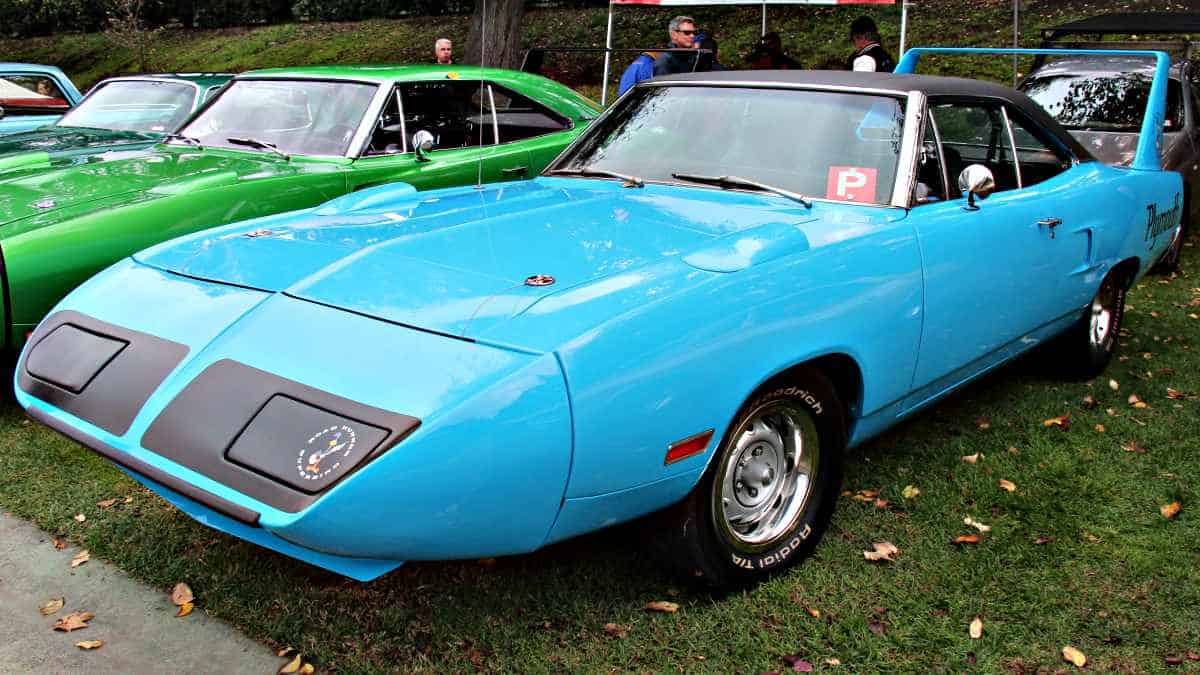
26. Cuban Cigars and American Muscle Cars

What do Elvis Presley and Fidel Castro have in common? They both loved the 1959 Ford Galaxie. The iconic muscle car was a favorite of the rock-n-roller, but his appreciation for the Ford was nothing compared to the Caribbean country. Very few cars were exported to Cuba after 1959, so the Ford Galaxie is one of the last muscle cars that made it. There are rumors that it was Fidel’s favorite of all muscle cars. Several can be seen on the island still today – although likely modified
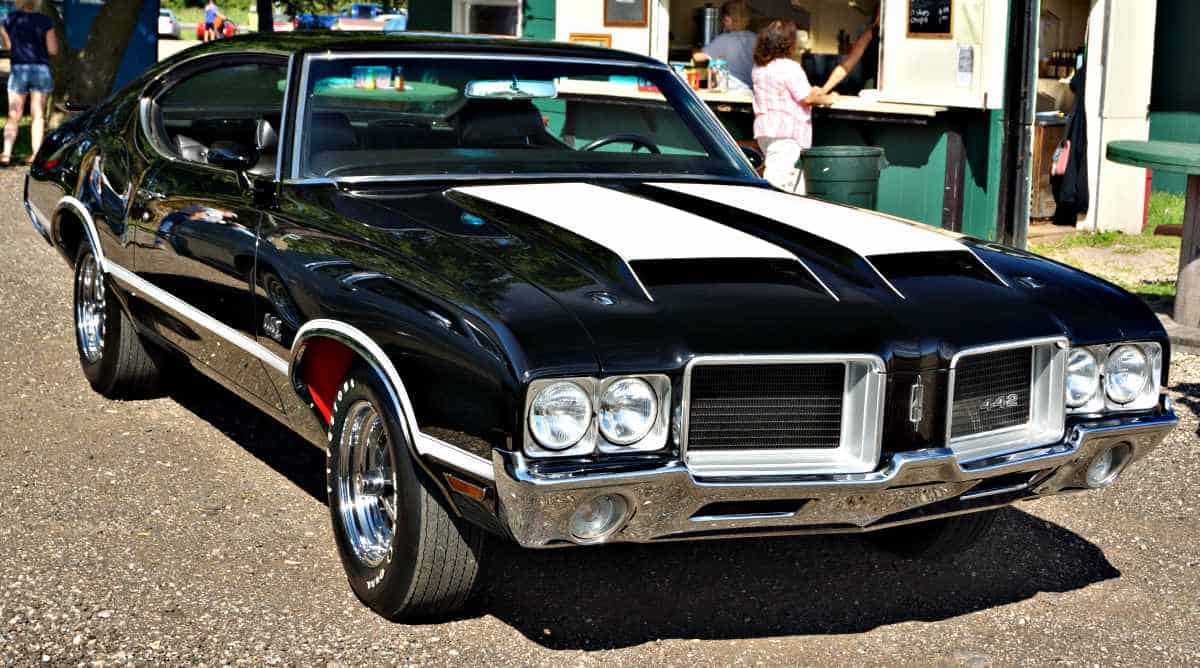
25. Back to the Future

With the Space Race at peak hysteria, and talks of ‘the future’ as imminent – Plymouth did nothing to calm the hype. The 1970 Plymouth Hemi Superbird provided the most futuristic design of all muscle cars. The raised spoiler and sloped front end gave it the appearance of both a muscle car and a spaceship. The Superbird was designed specifically for NASCAR driving. This seems like one of those cool facts about classic muscle cars that everyone forgot.
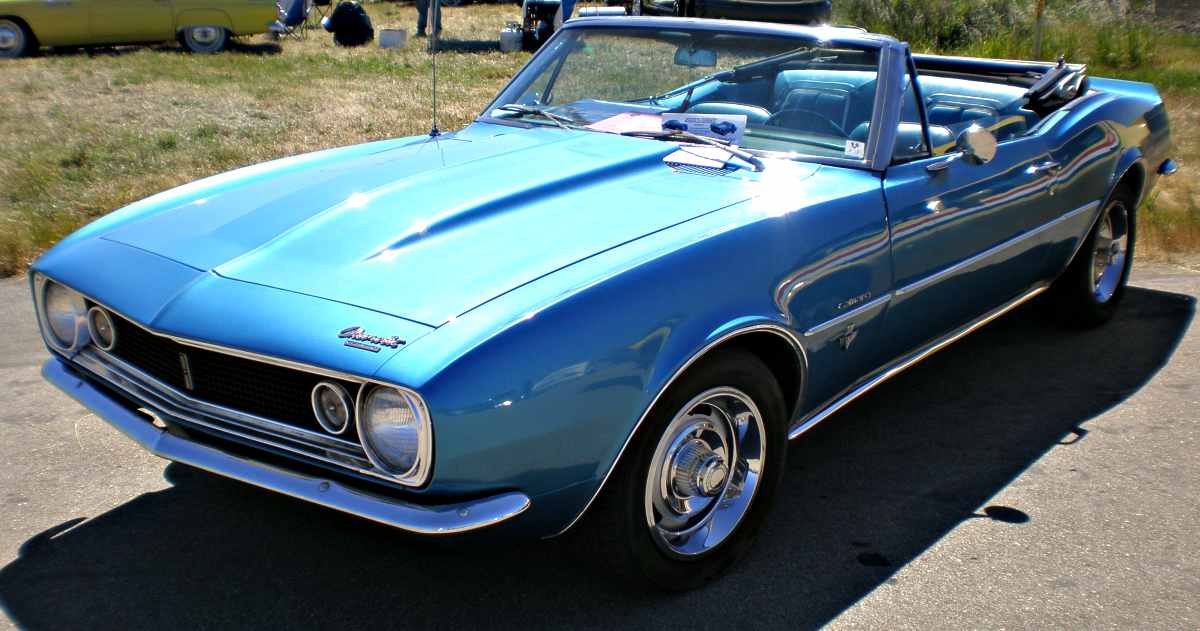
24. What Puts The 4, 4, and 2 in Oldsmobile 442?

For most of its life, it was merely an option on the F-85 and Cutlass models. But between 1968 and 1971, the Oldsmobile 442 was its own model and generated enough buzz to become a legendary muscle car. The 442 was originally written out with dashes in between each number, like 4-4-2, and is pronounced ‘Four Four Two’. This identifier came from the muscle car’s four barrel carburetor, four-speed emission and dual exhaust.
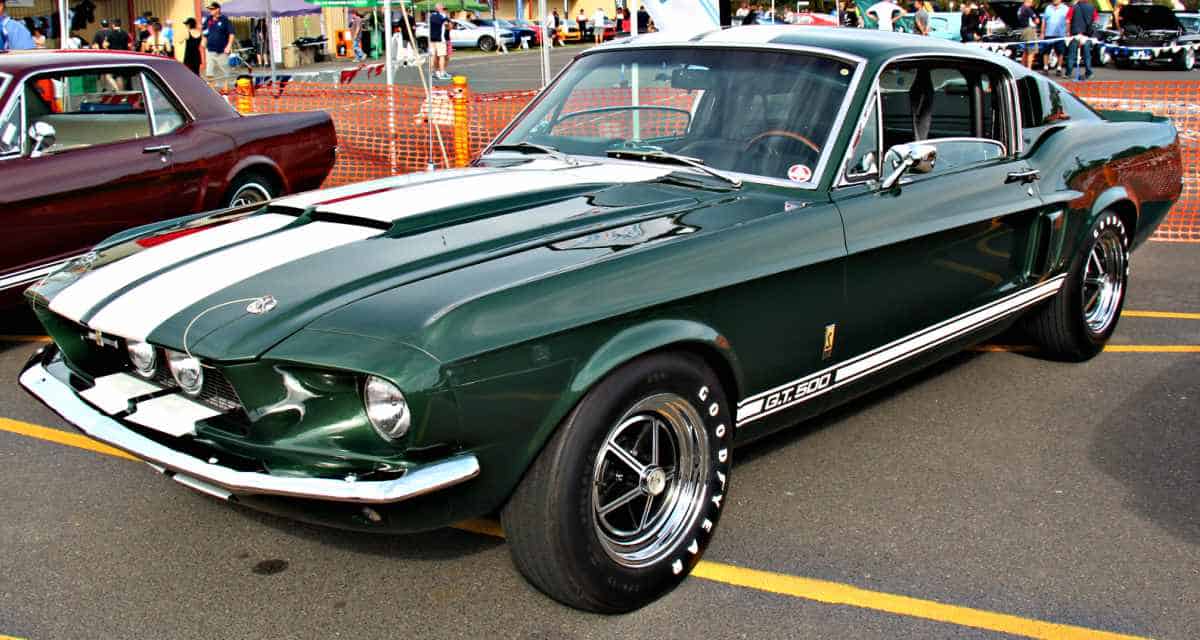
23. The Chevy Panther?

Chevrolet needed an answer to the Ford Mustang. News that they were building the next great muscle car was no secret and the name Chevy Panther wasn’t much of a secret either. It had been marketed mildly and, as far as the public knew, going to be the next line of Chevy muscle cars. That all changed on September 29, 1966. Chevy President E.M. Estes announced, via telephone conference call (a first in that day and age), that the company was going with ‘Camaro’ instead of ‘Panther’ as the moniker for its new line of cars in order to stay consistent with all vehicles starting with ‘C’ as their name.
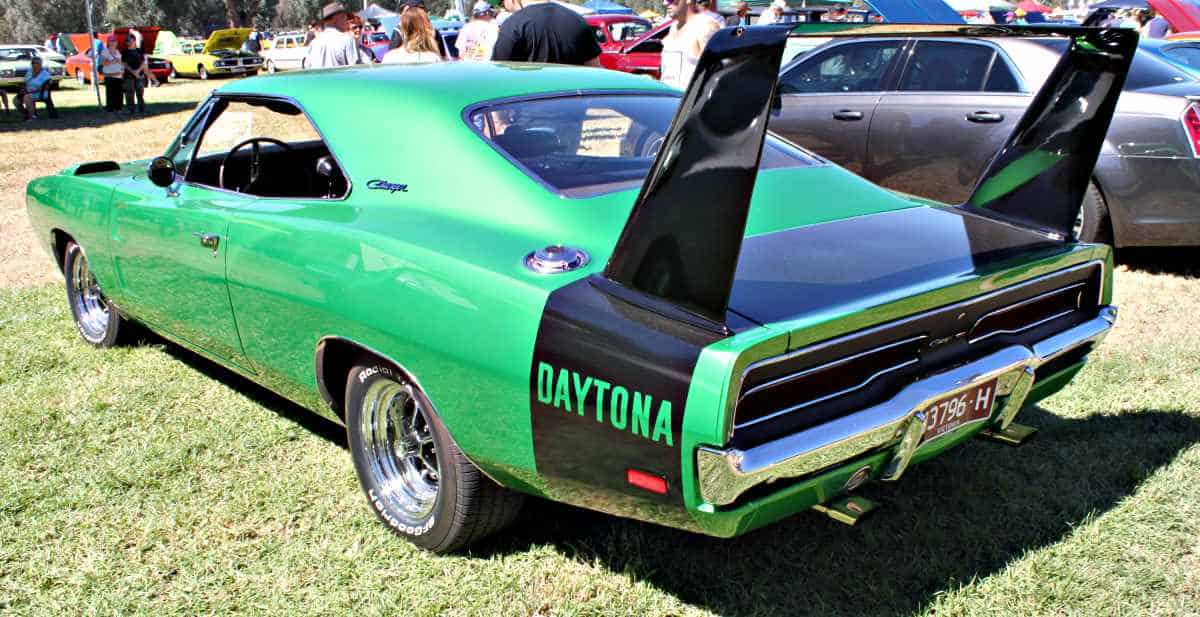
22. The 1967 Shelby Mustang Got By With A Little Help From Its Friends

Carroll Shelby and Ford have a long and illustrious partnership. What began six decades ago is still pumping out high quality machines. The 1965 and 1966 Shelby Mustangs were targeted towards racers, almost exclusively. But in 1967, with muscle cars penetrating almost every phase of society – Shelby wanted to make an everyday-driver-friendly Shelby Mustang. Increased interior comfort was the backbone of the new Mustang and Shelby used tail lamps from the Mercury Cougar that he borrowed from their parts bin.
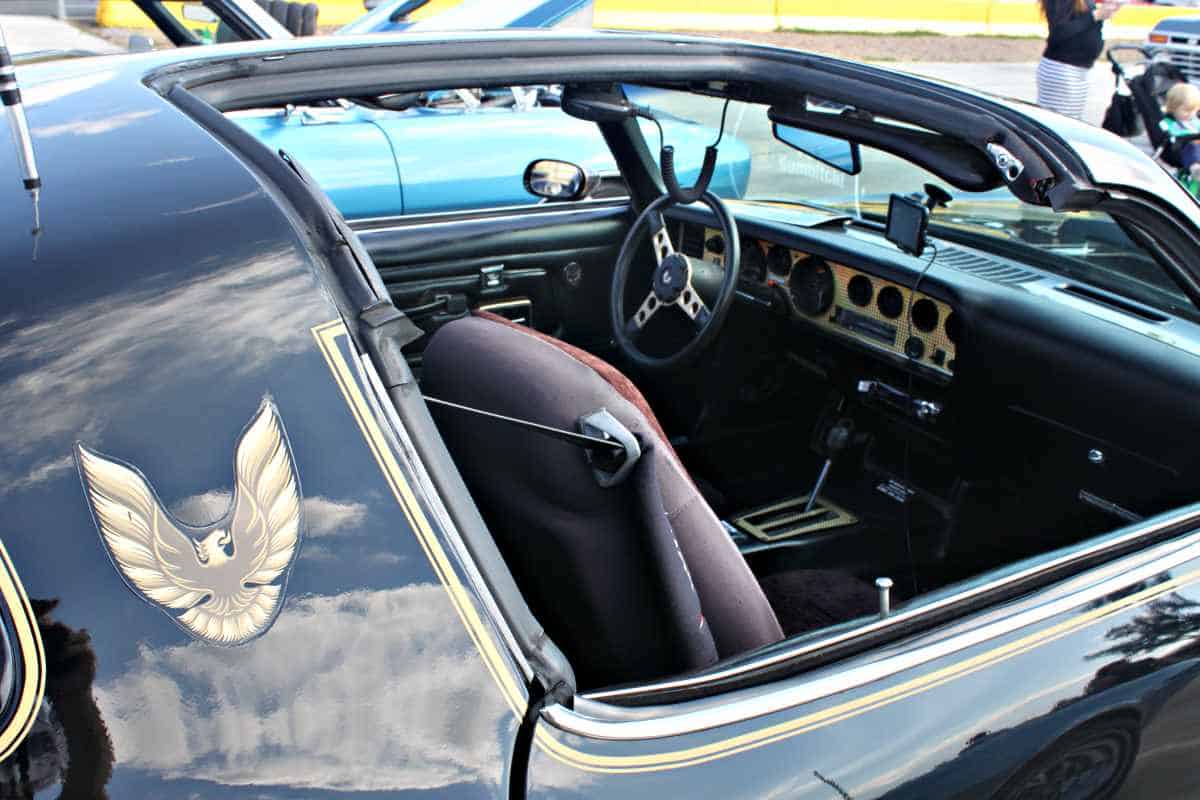
21. Form or Fashion

There is a widely popular myth that the massive rear wing on the 1969 Dodge Charger Daytona and 1970 Plymouth Superbird was built in order to allow the trunk to open completely. This myth adheres to the belief that NASCAR required trunks to open completely in order for the vehicle to be admissible in races. This is, in fact, not true. John Pointer, the rocket scientist turned automobile engineer, was brought in to make the Chrysler vehicles ‘go faster’. NASCAR rules (if you want to read them from 1970), along with Pointer’s own testimony, debunk the popular myth. Pointer simply said the design had nothing to do with the trunk and everything to with aerodynamics.
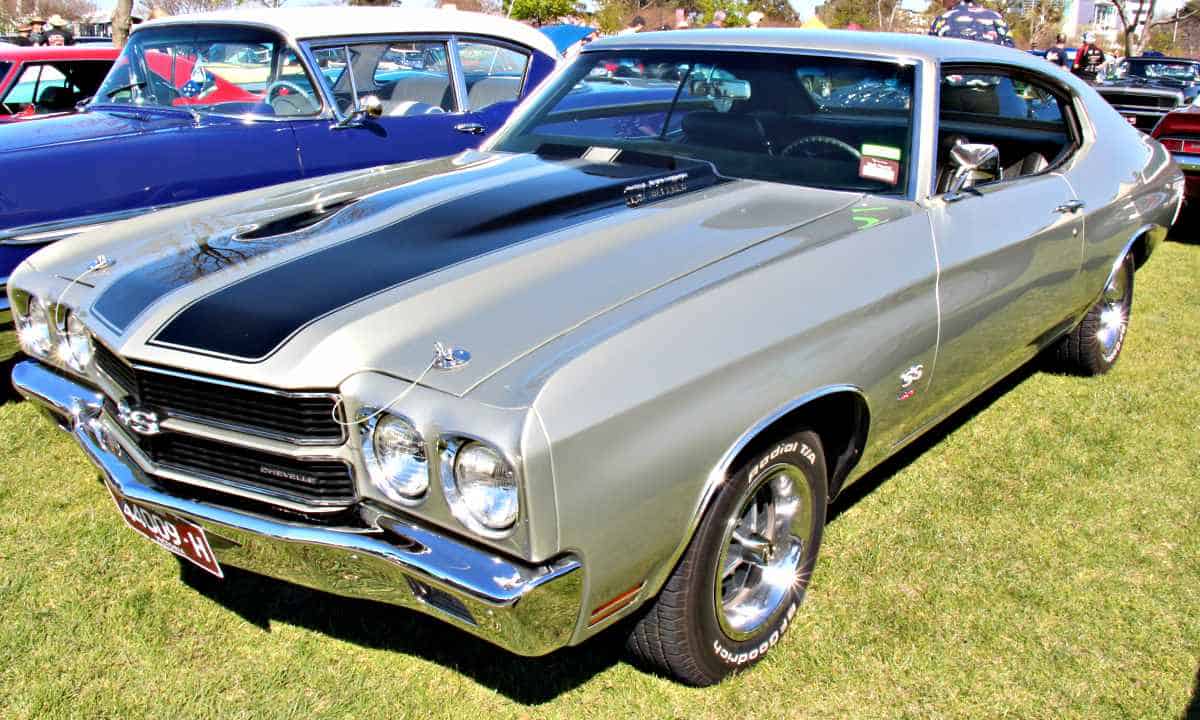
20. 1978 Trans Am T-Tops

One of the most visually recognizable muscle cars of the 70s is the 1978 Pontiac Firebird Trans Am. The ‘78 model was as close to a convertible without being one as you could get. If you own a 1978 Firebird Trans-Am, you could have one of two ‘T-Tops’ design. Hurst Hatch was the original design, but halfway through production, Pontiac switch to a Fisher design. The Hurst Hatch had a tendency to leak, which is why it was replaced.
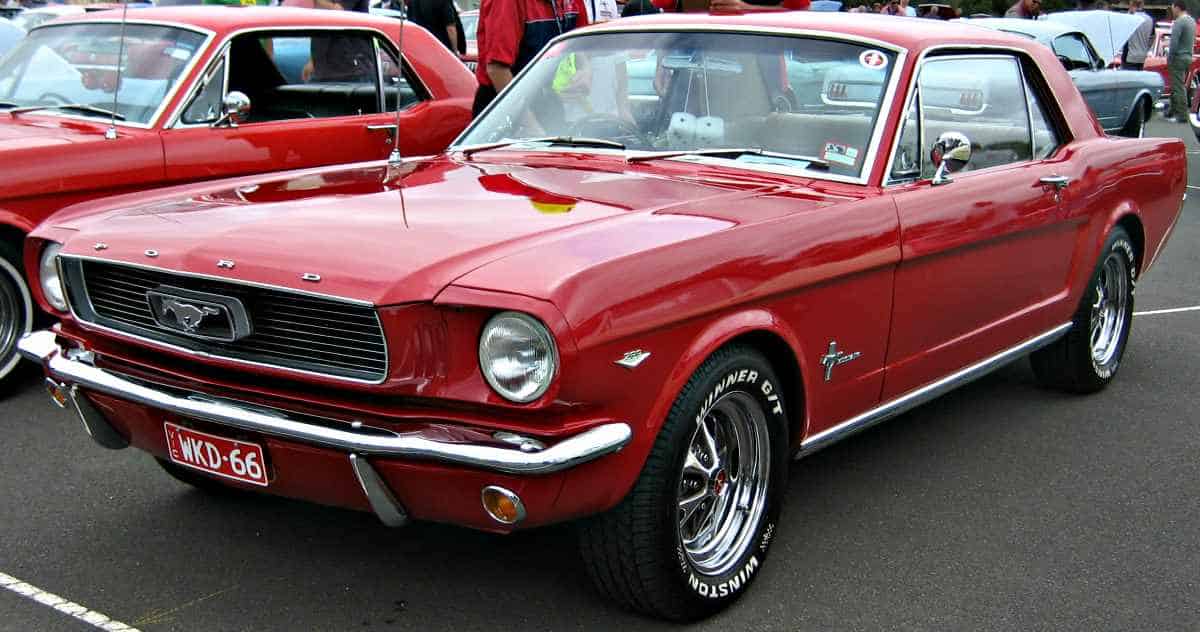
19. King of the Streets

If you drove a 1970 Chevelle LS6, you owned the road. The ‘70 Chevelle was the most powerful engine available at the time. As this was right at the peak of muscle car frenzy, owning one of these bad boys put the driver in rarefied air. The 454 cubic inch engine cranked out 450 horsepower and was the envy of all car owners – both then and now.
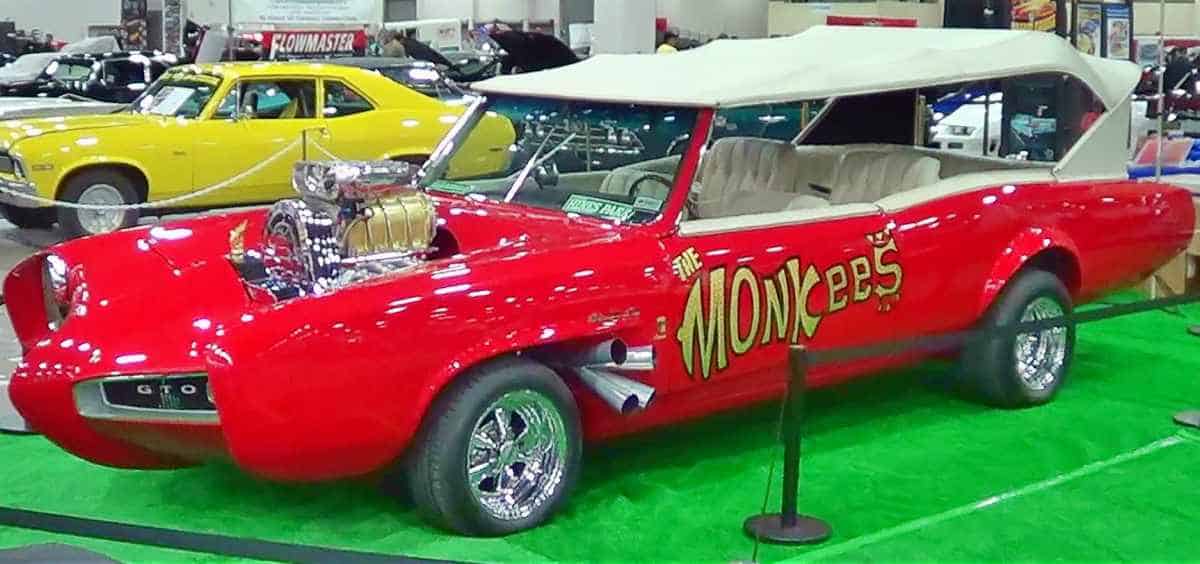
18. Over 600,000 1966 Ford Mustangs Were Produced

The highest-rated Ford Mustang of all time, the 1966 coupe edition sold 607,000 models. The following two most-produced models are 1965 and 1967 with 559,500 models sold and 472,000 models sold, respectively. For reference, the lowest-produced version of the Ford Mustang is the 2009 model which sold only 66,500 models. The latest year on record, 2016, sold 150,000 models.
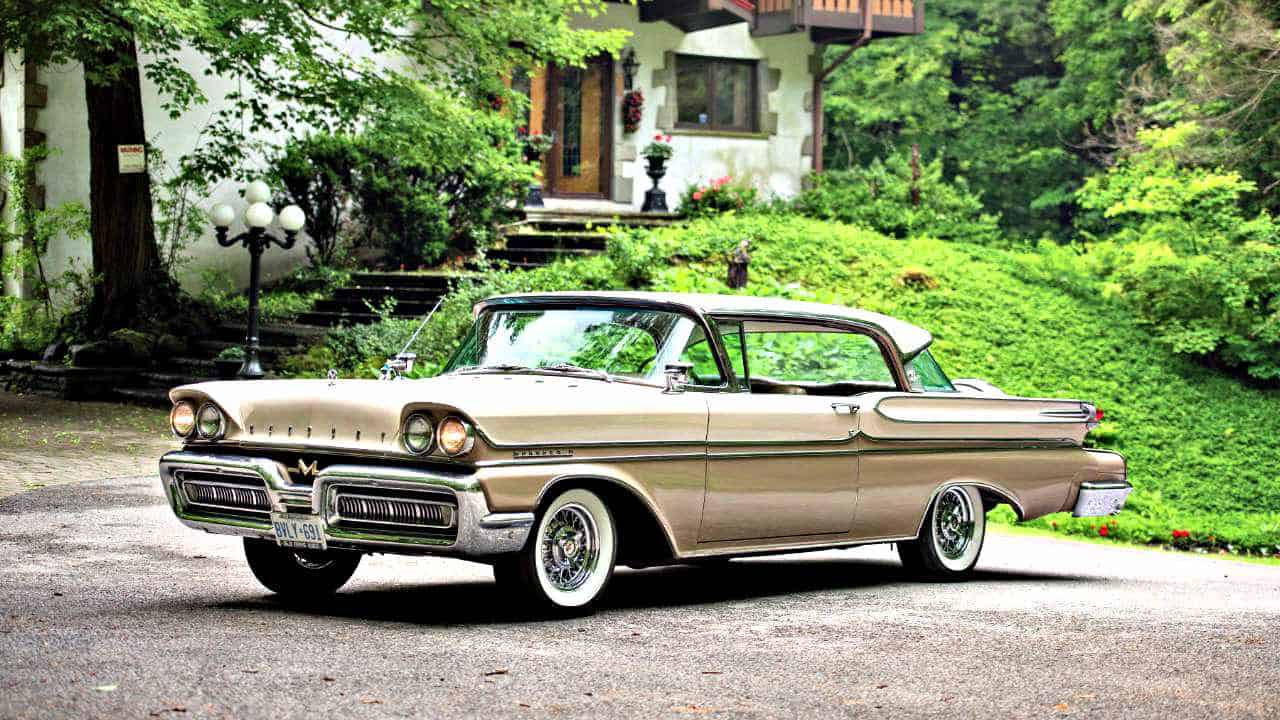
17. ‘The Monkees’ Each Received A Free 1966 Pontiac GTO.

The music made the band famous, the tv show made the car famous. ‘The Monkees’ was a TV show in 1966-1968 where the band traveled along and played music, messed around for comedic effect and taught a lesson wherever possible. They did all of this inside a specially designed 1966 Pontiac GTO. Pontiac provided the show with two vehicles – one for filming and one for promotional ads. Additionally, each member of the band received one of the muscle cars for personal use.
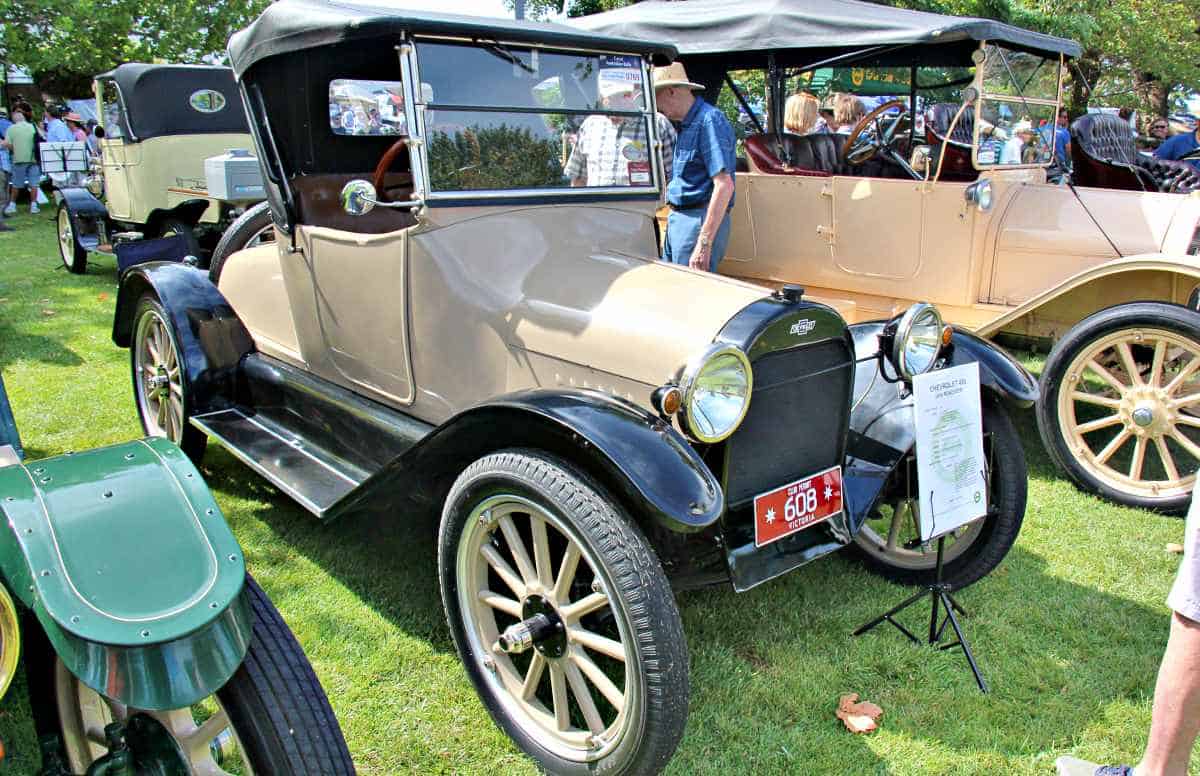
16. The First Car To Break The 400 Horsepower Mark

The late-1950s wasn’t a good era for sports car production. The combination of a recession alongside some fairly ugly designs resulted in a noticeable drop in purchases of vehicles from the Big Three. However, not all was lost from that era. In 1958, while the outside wasn’t looking great, the performance was just fine. The 1958 Mercury Marauder became the first production muscle car to break the 400hp mark. Three two-barrel carburetors sitting atop the 360-horsepower engine gave it the extra push to reach the 400hp mark.
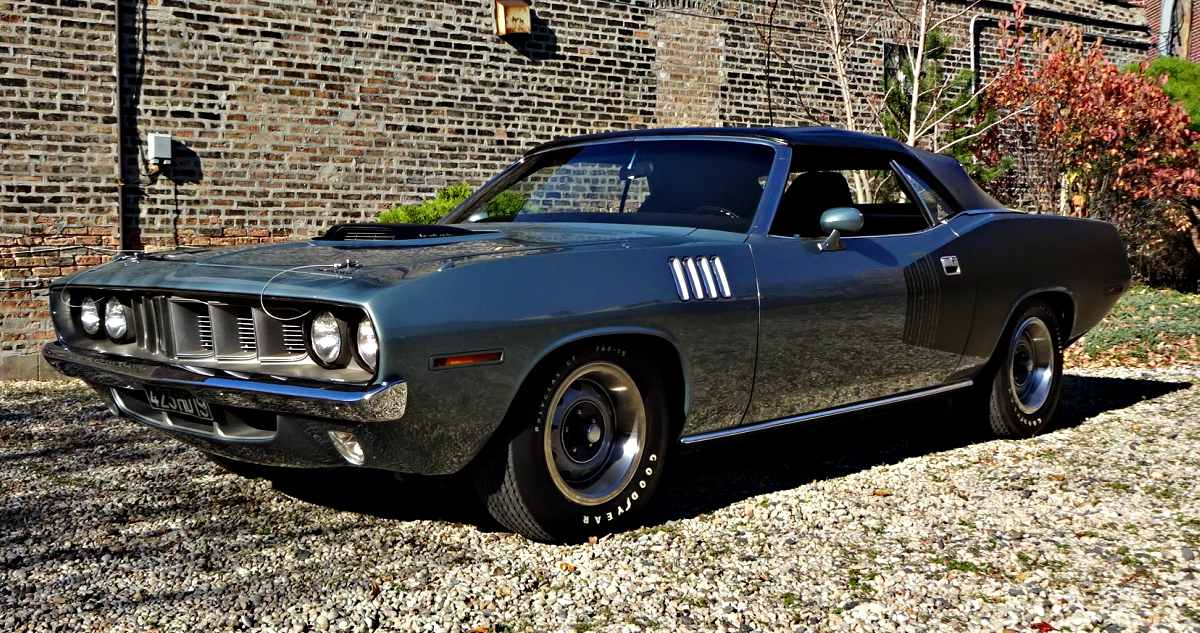
15. Chevy’s First V8 Engine

Many people would guess the Chevrolet Impala, or perhaps the Bel-Air. And although those automobiles did have V8 options, those guesses would be incorrect. The first V8 Chevrolet ever put into a vehicle didn’t occur during the muscle car boom of the 60s but rather, way back in 1918. That’s right, the 1918 D-Series cars Chevrolet produced had V8 engines. The first car ever to feature a V8 was a 1914 Cadillac.
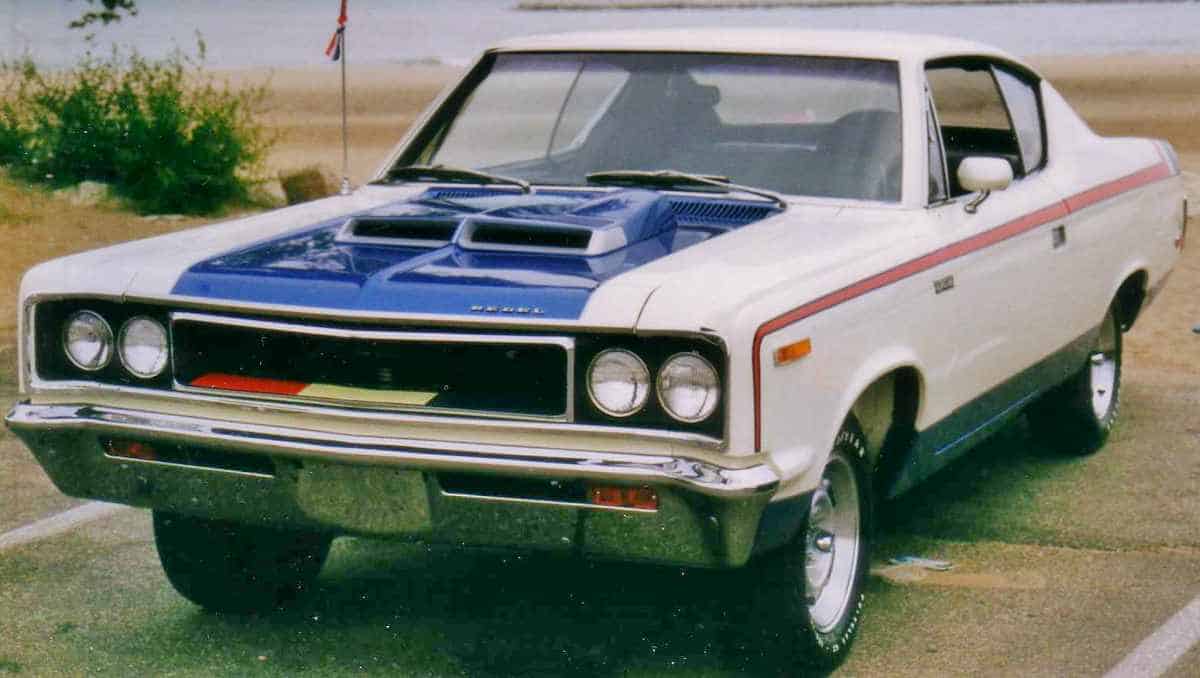
14. Only 11 1970 Plymouth Hemi Barracuda Were Ever Made

A car that was once worth less than $6,000 is estimated to be worth over $5 million today. The 1970 Hemi 426ci Hemi Barracuda is among the rarest muscle cars in the world, and most sought after. While the one estimated to be worth that insane sum isn’t currently being dealt, one ‘70 ‘Cuda fetched $3.4 million at a Mecum auction in 2014. That particular muscle car featured a 426-cubic-inch Hemi V-8 engine, dual four-barrel carburetors, the 727 automatic transmission, the Super Track Pak option and a power convertible top.
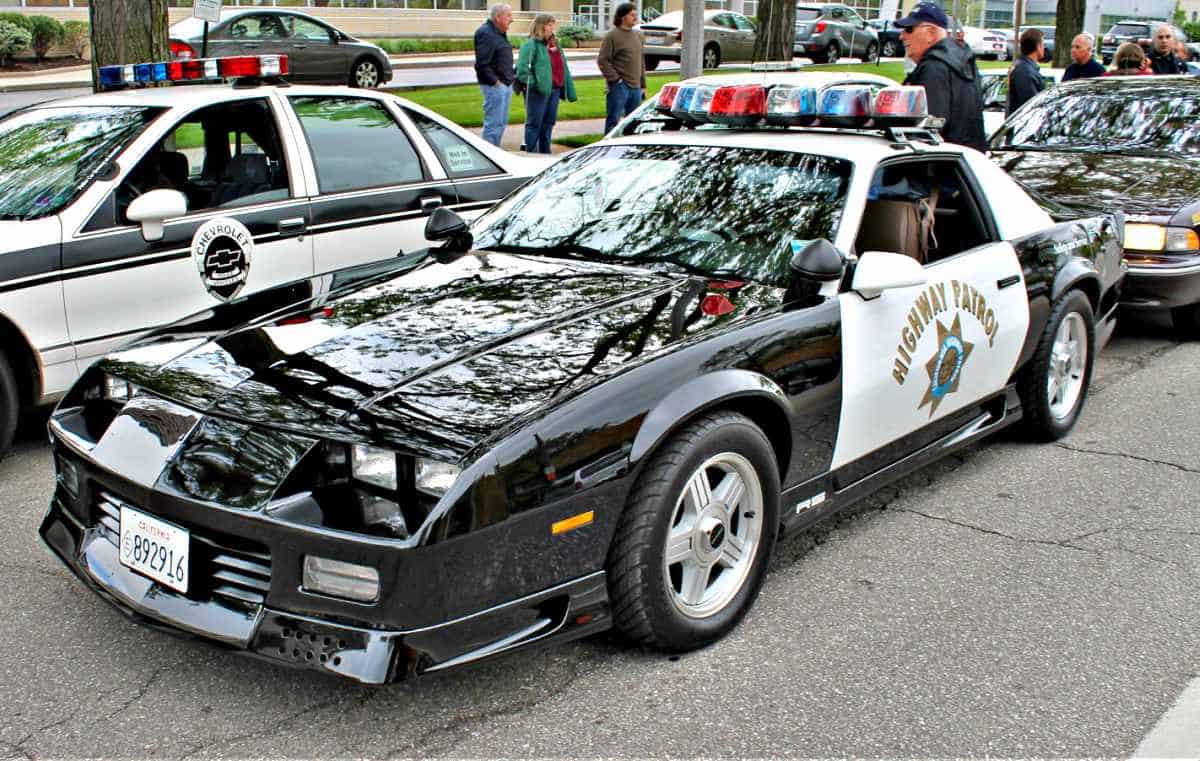
13. The Rarest Muscle Car You May Never Have Heard Of

The year was 1971 and the muscle car boom was beginning to wane. Insurance companies and emission protocol had essentially put a clamp on legal hot rods. That’s why the 1971 AMC “Machine Go” Matador only existed in that year and that year alone. The Machine Go was a special offering from AMC that allowed the consumer to spec out their vehicle to certain standards. It is estimated that as few as 55 of these 1971 AMC Machine Go Matador’s ever existed. No one knows how many are left today, but the number is likely no more than a handful.
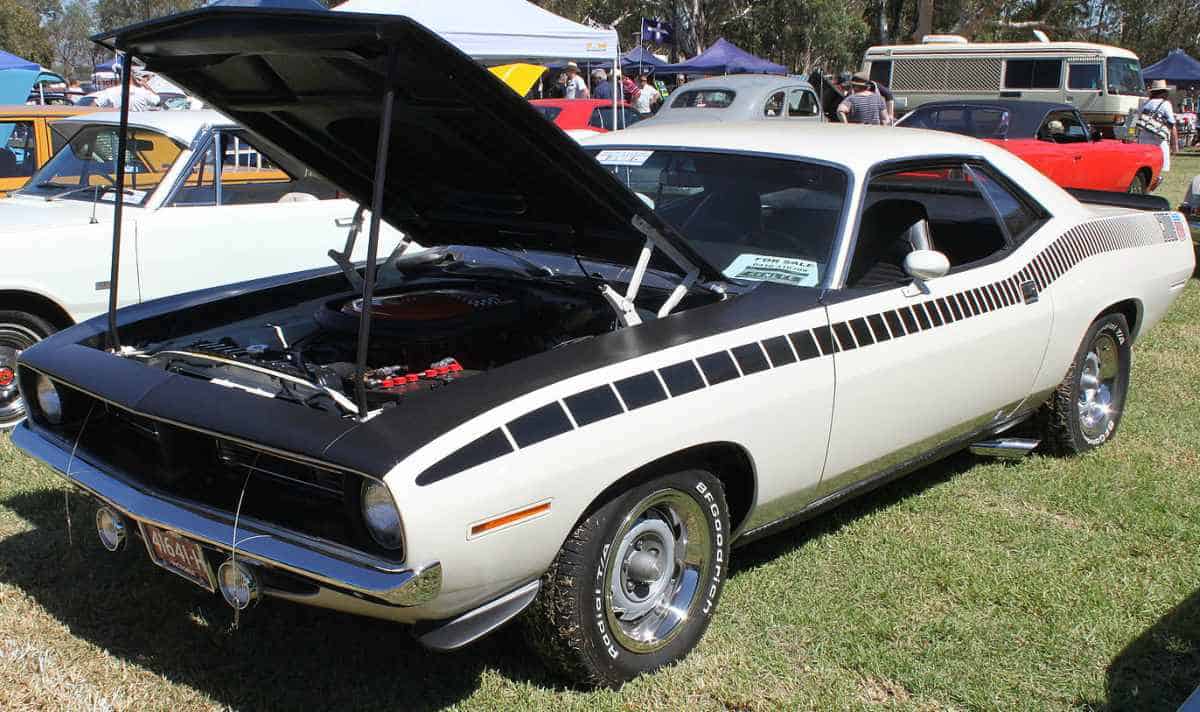
12. California Highway Patrol Used The ‘79 Camaro As A Squad Car

Can you imagine being a new officer in the California Highway Patrol in 1979 and being assigned a Chevy Camaro Z/28? That’s exactly what happened when California issued 12 of these bad boys to their officers in the late ‘70s. However, after just 18 months, the cars began to be replaced. Every single one of them experienced engine failures during their short lifetime of duty. Interestingly, but not related, 1979 was the highest grossing year in sales for the Camaro, selling 282,000.
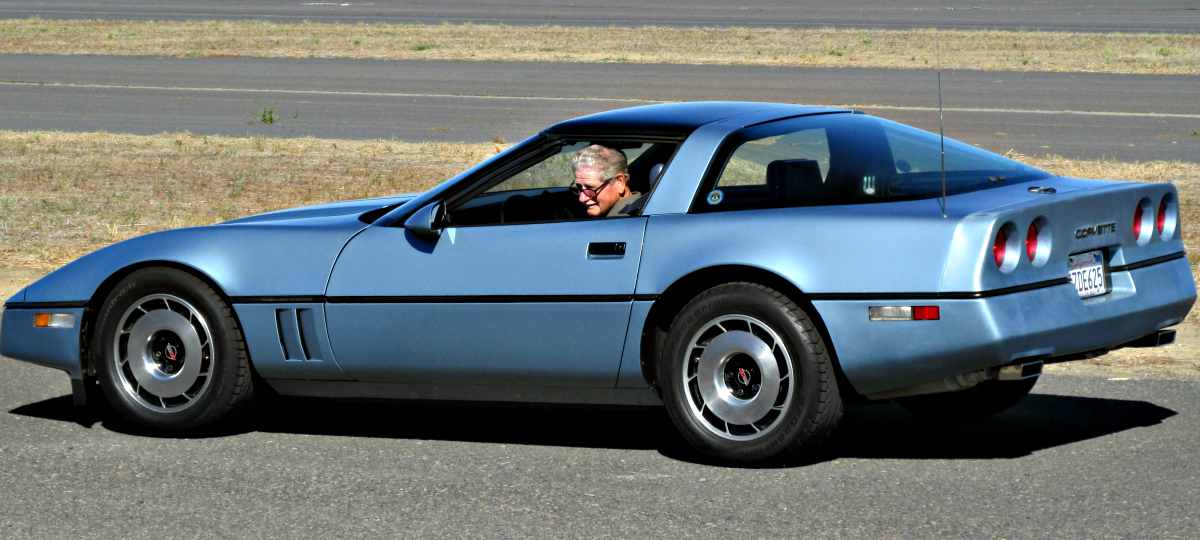
11. All American Racers

The third-generation 1970 AAR Plymouth Barracuda was a beast. It raced in 1970 Trans-Am series’ and was one of the fastest muscle cars available. Its production model was just as impressive with a 340 cubic inch (5.6 L) “Six Pack” (three two-barrel carburetors) engine. AAR stands for All-American Racers, the team name of American race car driver and builder, Dan Gurney.
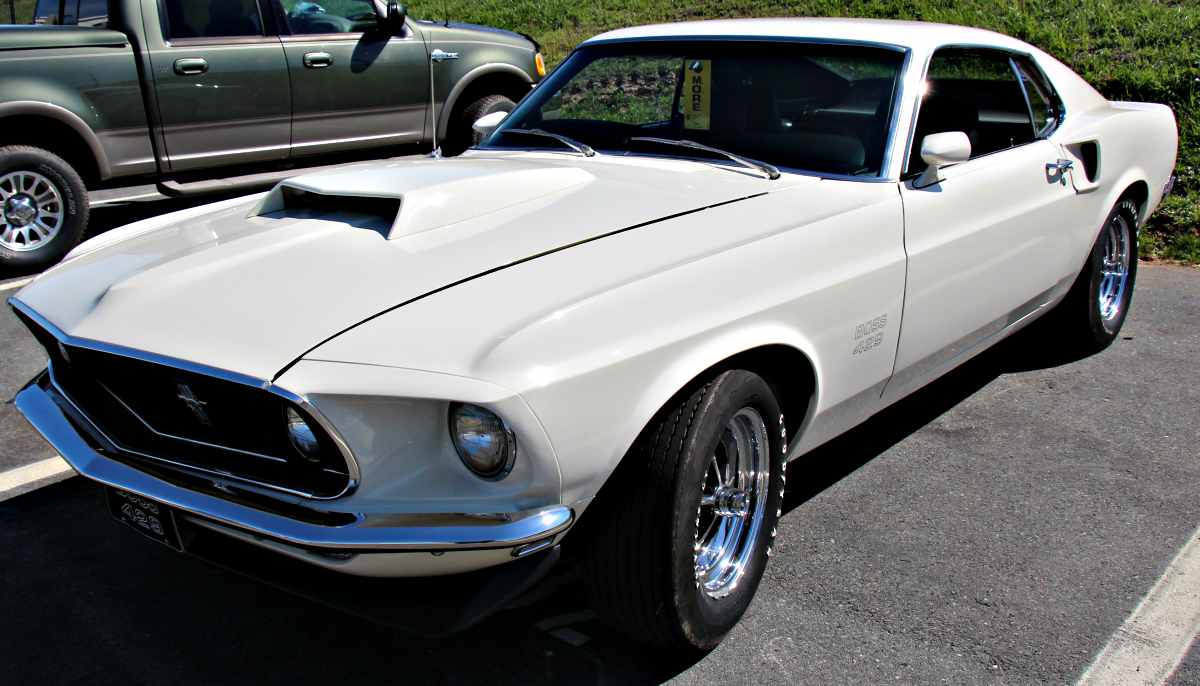
10. There’s No 1983 Model Of The Corvette

The 1984 Chevrolet Corvette received ‘Car of the Year’ honors by Motor Trend Magazine. But don’t look for the 1983 model in any record books. In fact, don’t look for it at all. There was never a 1983 model of the Corvette. The reason, if you ask Chevy, is that the technology and performance was so far advanced that it required extra time to test and produce. Legend has it that about 40 1983 models were produced but Chevy decided to wait and include them in the 1984 line.
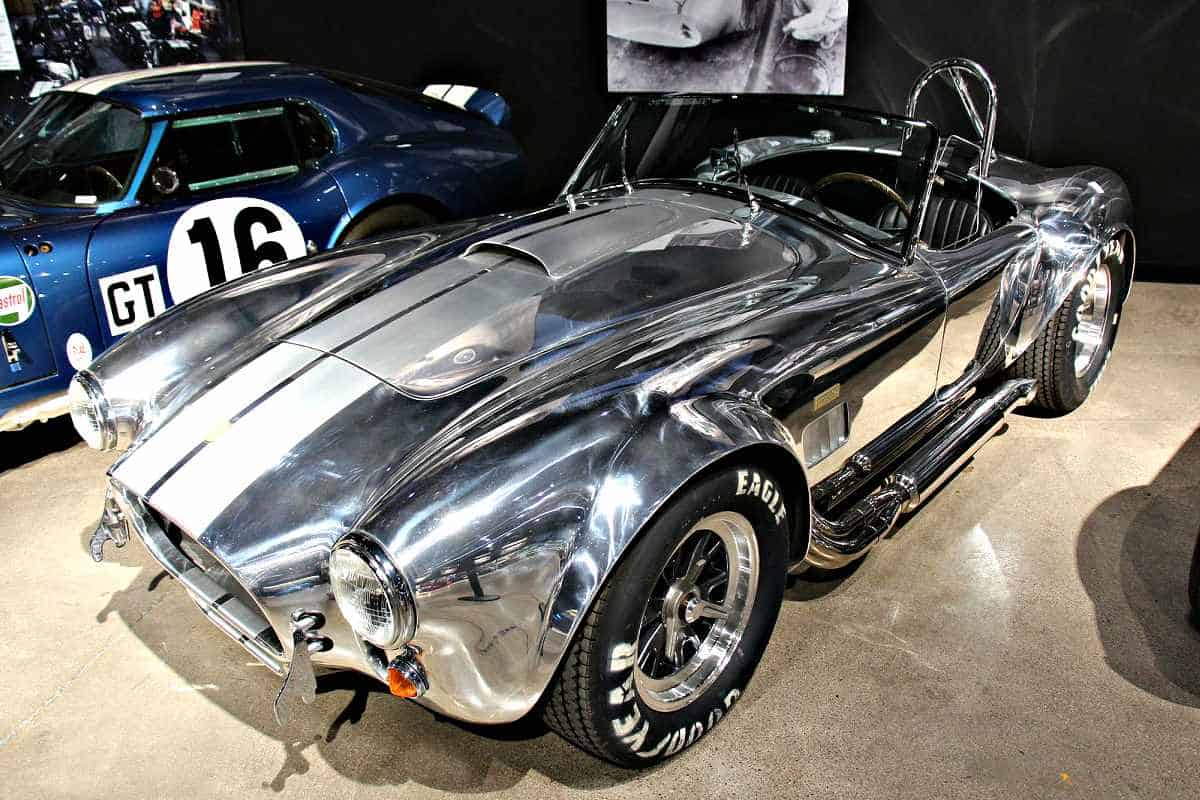
9. The 1969 Ford Boss 429 Was Built Around The Engine

Literally, the engine was produced first and then the car was built to fit around it. The engine was created, to start, from the Ford 385 engine. It used four bolt mains, a forged steel crank and connecting rods. The engine was too wide to fit the current Mustang body, thus the Boss 9 was created. NASCAR required that any engine be outfitted in production and sold to 500 customers before it could race professionally. It is estimated that just over 1300 Ford Bos 429s were created.
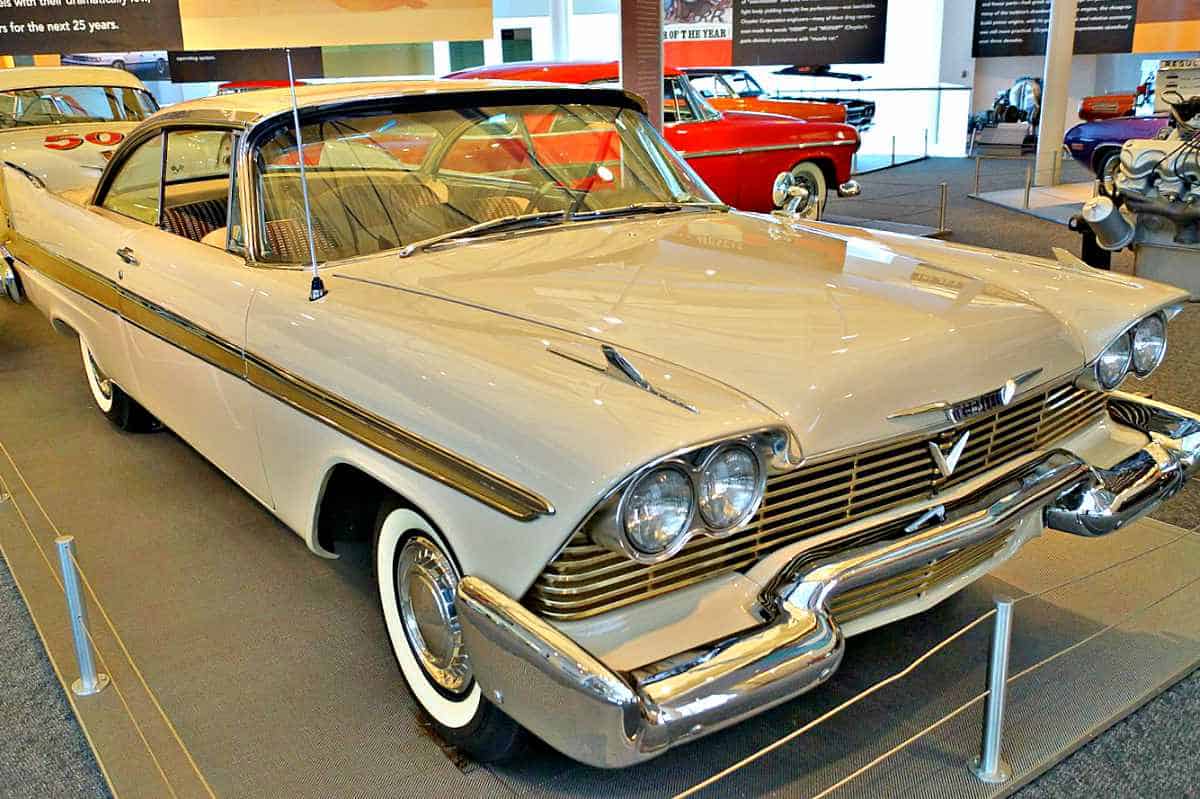
8. The Name ‘Cobra’ Came To Mr. Shelby In A Dream

Carroll Shelby’s first every Mustang went by the name Shelby Cobra. According to Mr. Shelby, that name and that animal came to him in his sleep. “I woke up and jotted the name down on a pad which I kept by my bedside — a sort of ideas pad — and went back to sleep,” Shelby said, “Next morning when I looked at the name ‘Cobra,’ I knew it was right.”
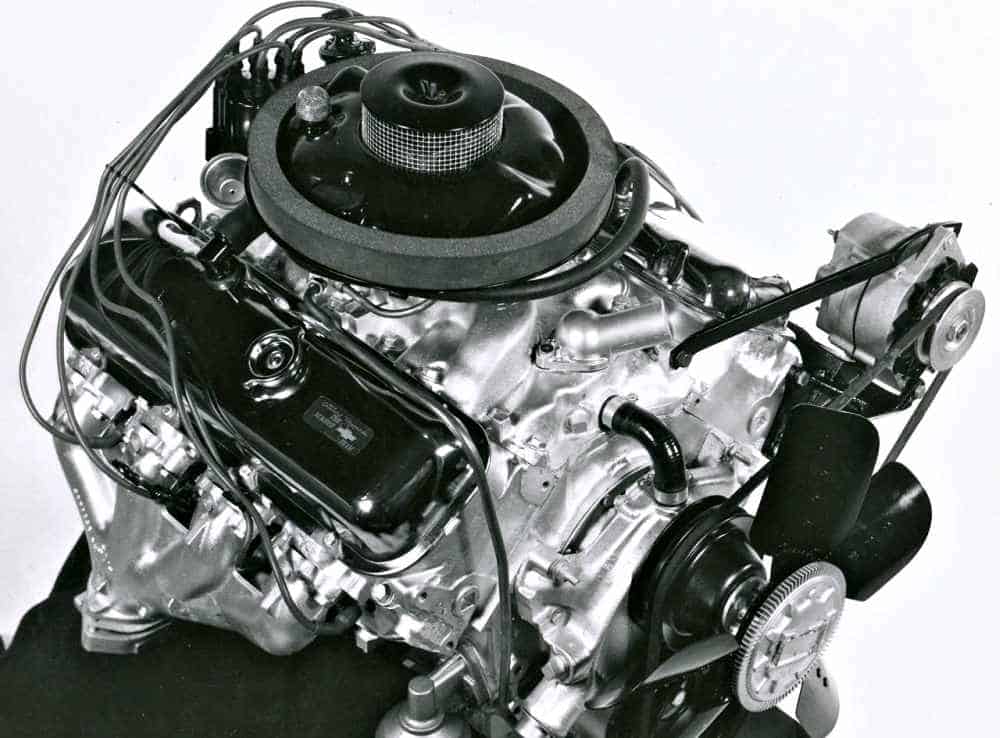
7. Stephen King’s Novel ‘Christine’ Was About a 1958 Plymouth Fury

Stephen King, a legend at anthropomorphizing (giving human qualities to non-human things), did some of his best work for his novel ‘Christine’. King uses a 1958 Plymouth Fury, named Christine in the novel, as the antagonist in the novel. The ‘58 Fury ends up with a destructive mind of its own, determined to capture the soul of the boy who bought it and wanted to fix it up. The ‘58 Fury used in the movie adaption of the book sold at auction for just shy of $200,000.
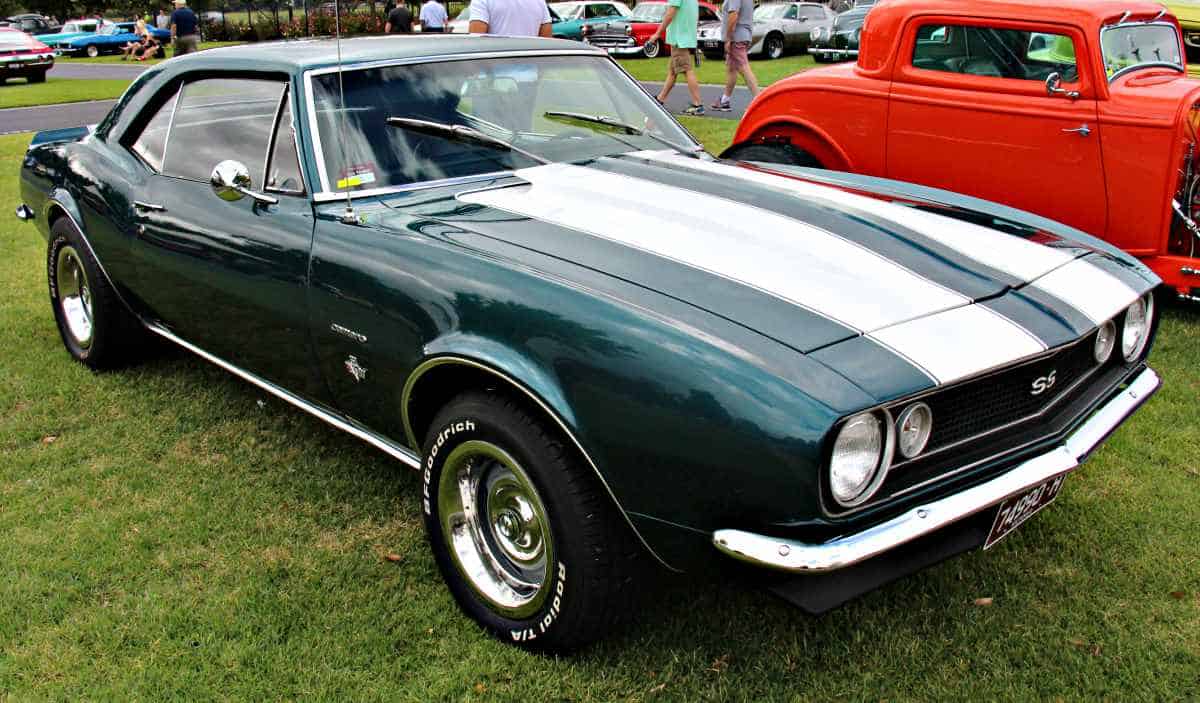
6. First-Ever Production Aluminum V8 Engine

This engine was never meant to be given to civilians. It was originally created for Can-Am racing and other racing while underneath the hood of a Corvette. With aluminum heads used on the powerful L88 iron block 427, the ZL1 boasted an entirely aluminum casting of the 427 engine block. The combo resulted in an engine that was 435hp rated and weighed about the same as a small block 327. It was the first time an aluminum engine ever went into a production vehicle. Only 69 ever left GM’s doors.
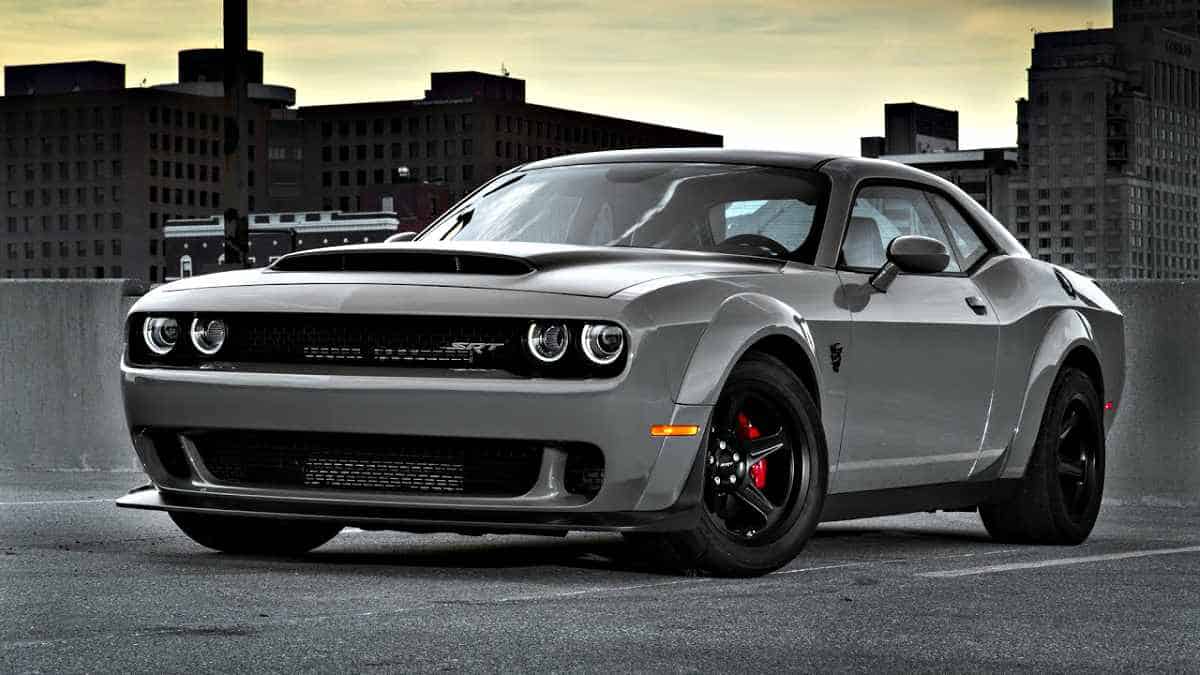
5. The First Chevy Camaro Cost $2,572

The base price of one the most revered muscle cars in history wouldn’t buy some of the add-on packages in today’s Camaro’s. The National Automobile Dealers Association estimated that the value of that 1967 Chevy Camaro today is around $26,000. A 2017 baseline Camaro with no options costs $25,700.
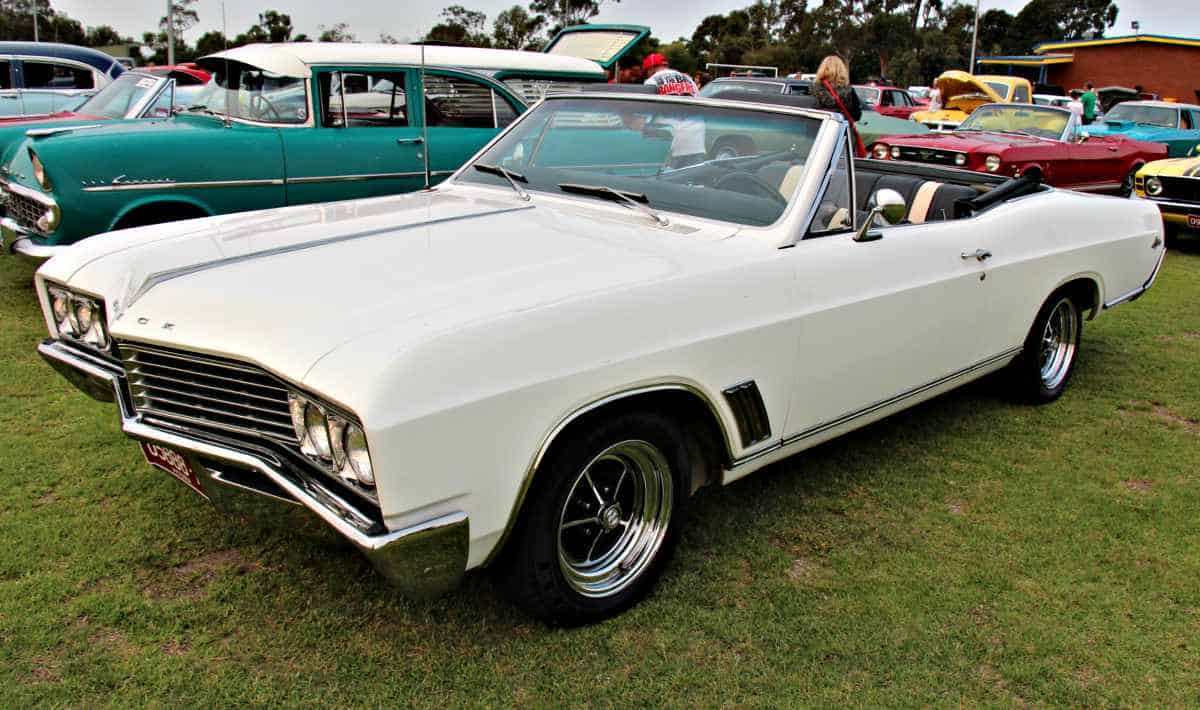
4. Fastest Muscle Car In The World

850 horsepower. A 0-60mph time of 2.3 seconds. It launches off the block so much power that the driveline bears 11,164 lb-ft of ring gear torque – effectively creating 1.8g of force. The Dodge Challenger SRT Demon is the fastest muscle car in the world – bar none. Of the classics, the 1965 Shelby Cobra 427 clocked a 4.3 second quarter-mile time, making it the fastest muscle car of the 1960s.
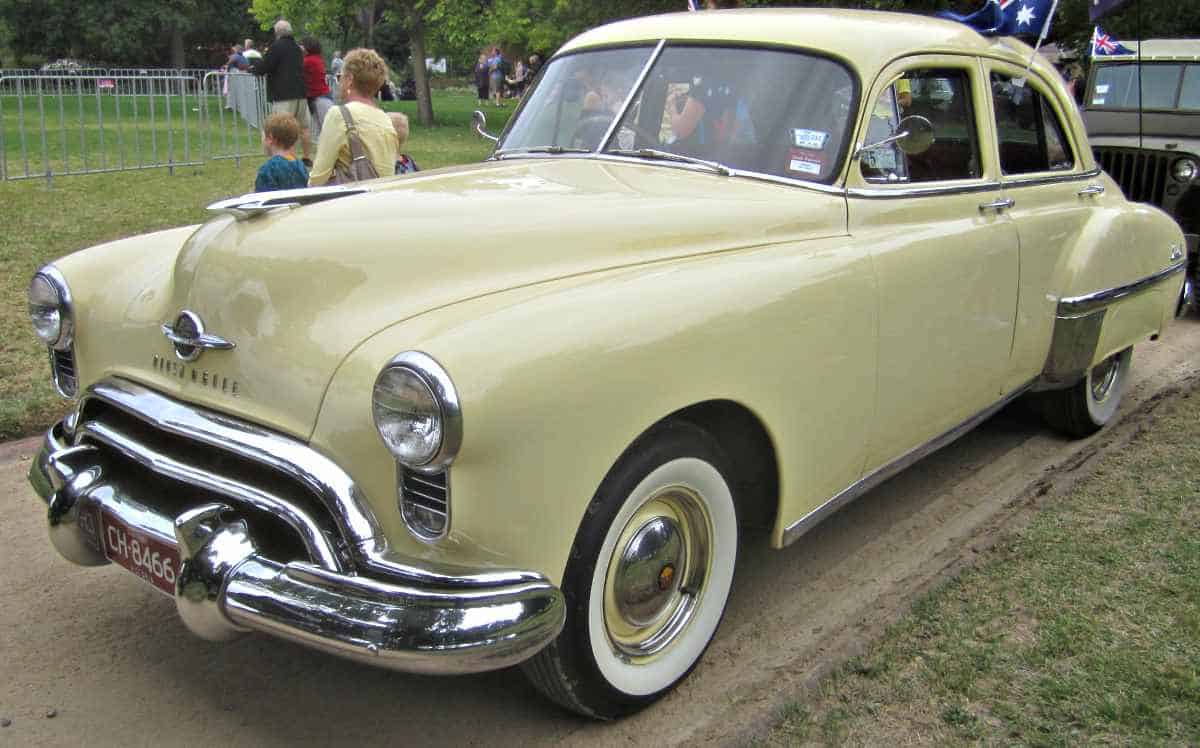
3. Buick Broke Its Own Rules

In the ‘60s, specifically 1965, Buick had corporate bylaws that stated no Buick could have an engine larger than 400 cubic inches implemented in an intermediate platform. So every single Buick Skylark GS400 built in 1965 (16,500) and 1966 (13,800) were in direct violation of Buick rules because those engines were 401 cubic inches exactly. Not a word was said, no one was reprimanded. But for the 1967 model, the V8 engine was redesigned and was exactly 400 cubic inches. Some rules were meant to be bent.
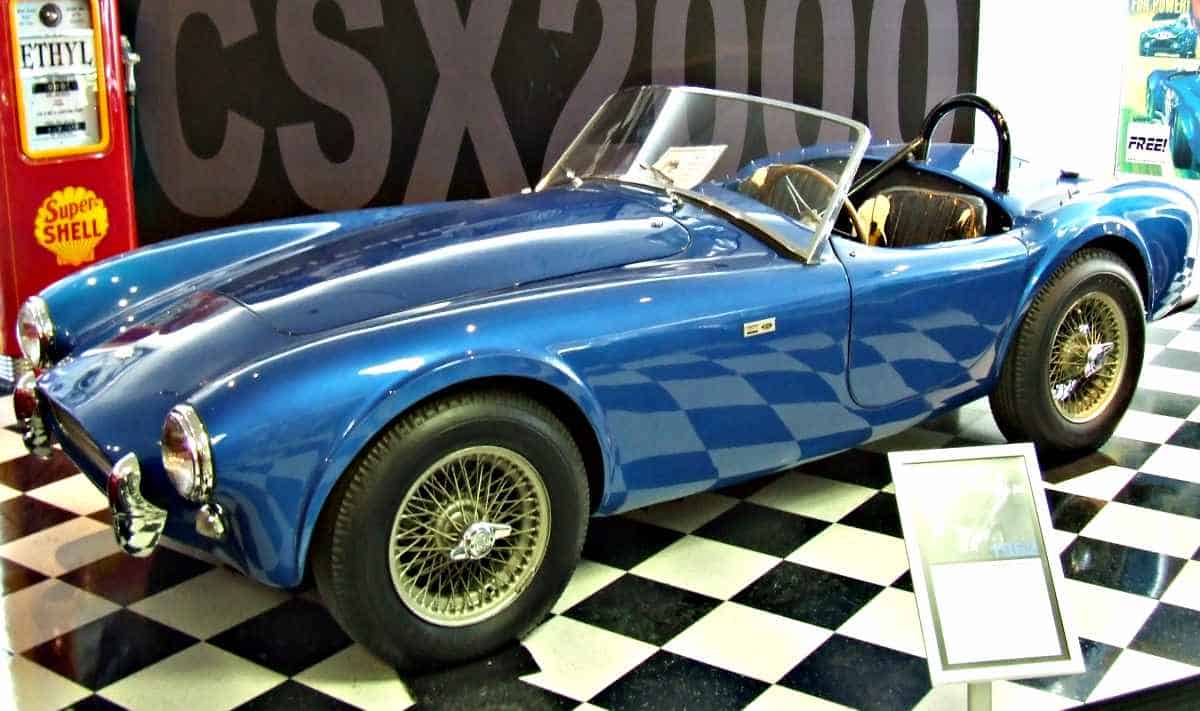
2. There’s A Debate Over The First Muscle Car Ever Made

Some say the Oldsmobile, some say Pontiac. The real answer is that there might not be one. Going strictly by date made, the 1949 Oldsmobile Rocket 88 clearly is the first muscle car ever made. The 1964 Pontiac GTO was the first time the phrase ‘muscle’ was used in relation to this type of vehicle. The ‘49 Olds had a 135 horsepower V8, which by 60s standards is nothing, but in the 40s, that was a lot of muscle. Since the ‘64 GTO had a proper 325 horses, some believe it to be the first muscle car. But if you’re at a Trivia Night with your buddies, go with the Oldsmobile – it’s got a little more history on its side.
1. The Most Expensive Muscle Car Ever Sold At Auction

There’s a reason we’ve discussed Carroll Shelby and his distinct line of muscle cars so much on this list, that’s because they’re legendary. Well-built, high-performance, visually appealing, long-lasting, so on and so forth. The reasons that Shelby’s are so popular are never-ending. But one Shelby Mustang in particular, the 1962 Shelby Cobra CSX2000, is the most expensive muscle car ever sold at auction. It fetched $13.5 million! Granted, much of that sum is due to the fact that the car was the first Shelby Mustang ever made. But still, $13.5 million!
